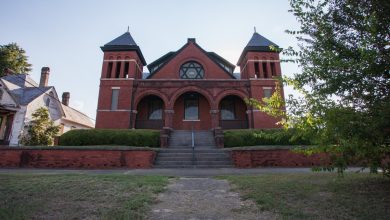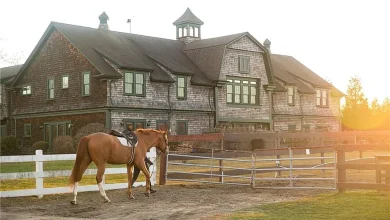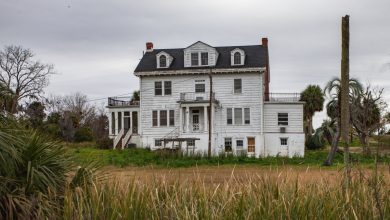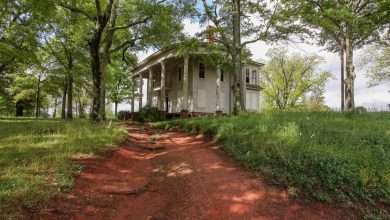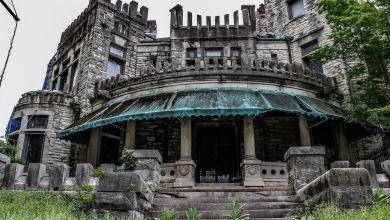Fritz Woehle House – Abandoned Southeast
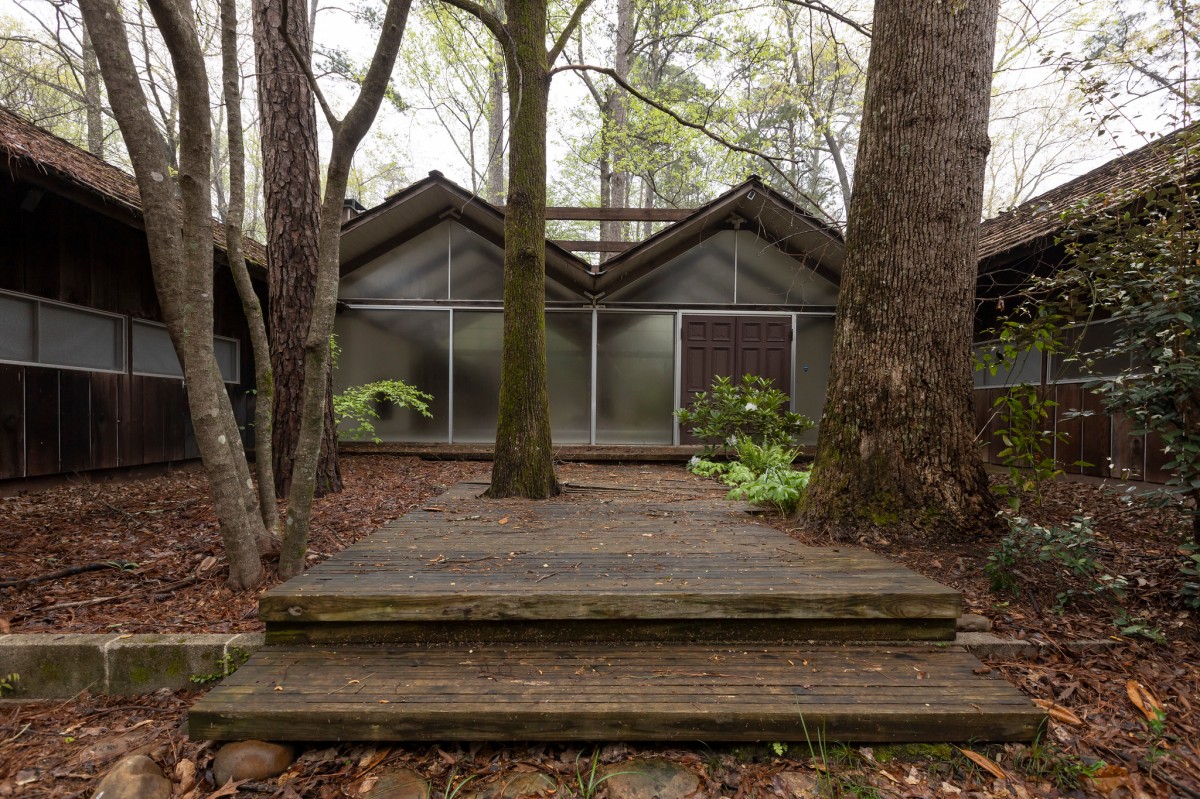
Fritz Woehle was born in 1929 in Harrisburg, Pennsylvania, and relocated to Del Ray Beach, Florida at the age of 10. He later received his degree in Architecture from the University of Florida. After graduating, Fritz went on to serve his country as a U.S. Marine. In 1958, Woehle moved to Alabama to build the first of his many great designs in the Birmingham area – the Pilgrim Congregational Church. His bold modern A-frame design became easily recognizable for its bright blue roof. His personal residence was one of his next projects – a home that won accolades and was a featured home in the May 1964 issue of Architectural Record’s Record Houses of 1964 as well as an ad for Starlux glass.
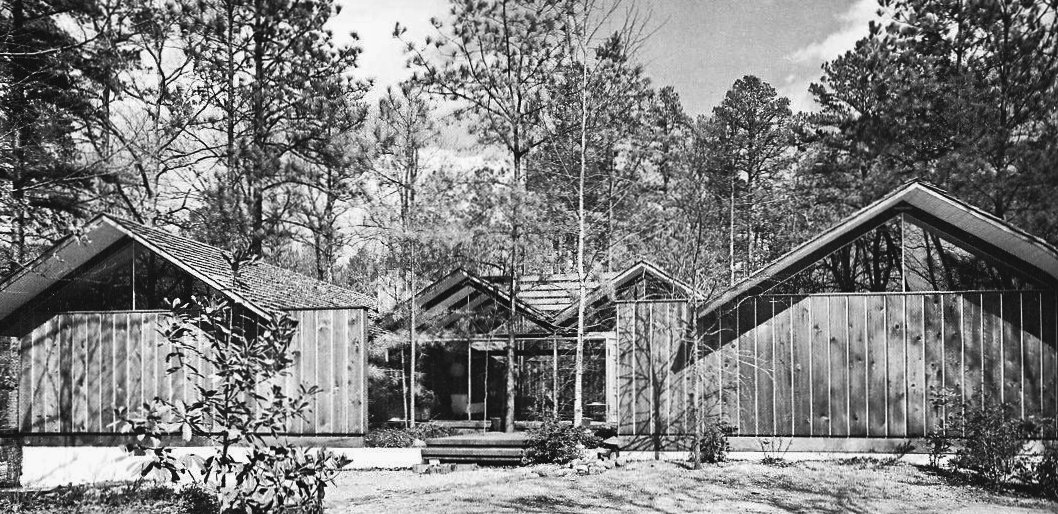
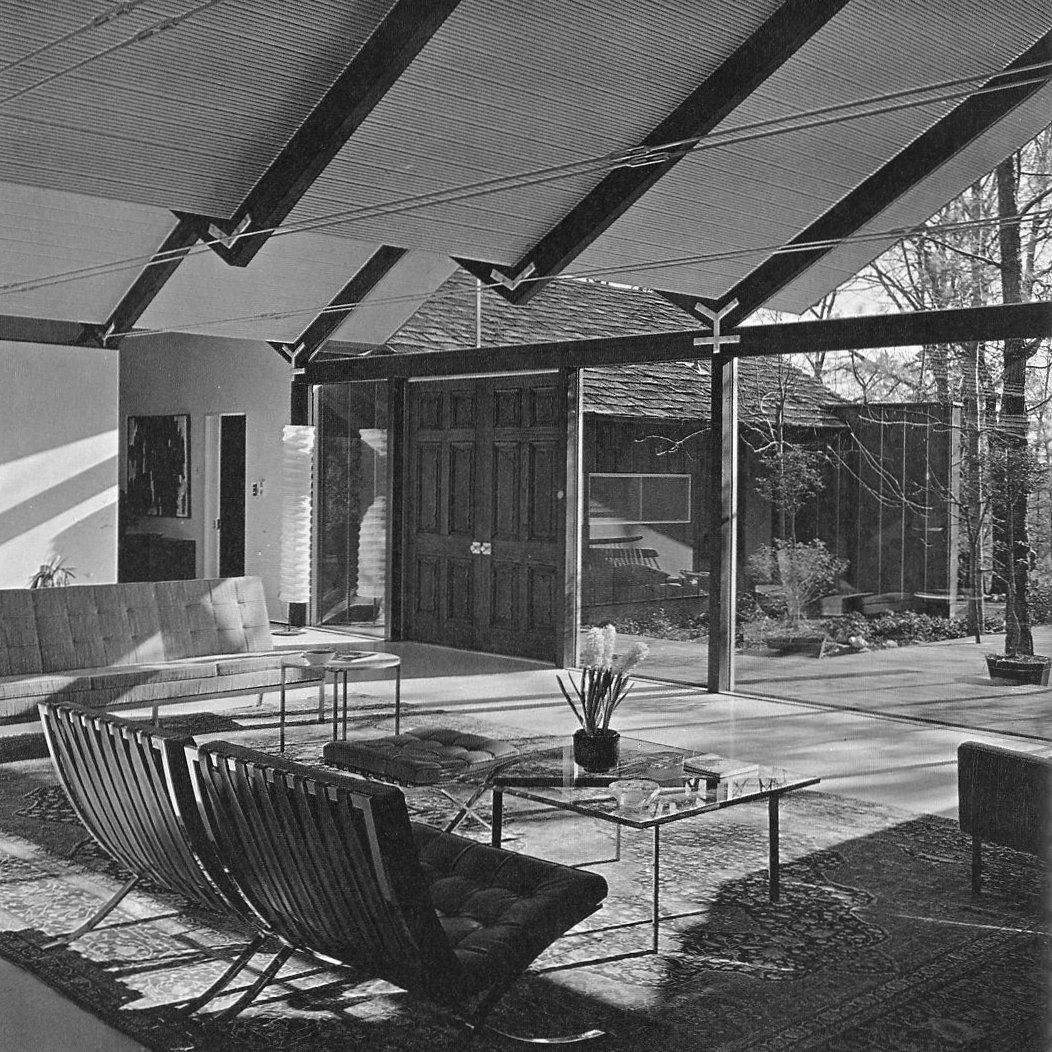

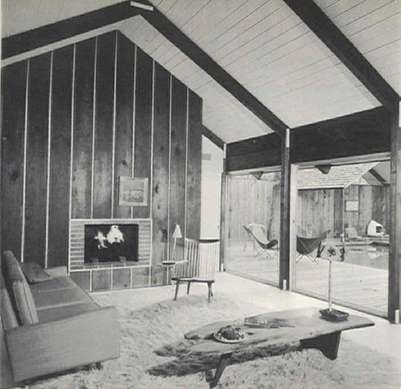
The mid-century modern home was built in 1958 by W. S. Cleage Construction Company. The massive layout, at 4600 square feet, includes five bedrooms and four bathrooms. The house was built in three phases at a total cost of $70,000. Describing how this was achieved, Fritz Woehle says, “the floor plan is very formal and symmetrical but the glass walls allow the eye to wander out of the formal plan into a natural woods setting, giving a rustic feel to the interiors.” The central part of the home is a large living area with four quadrants springing from the center. The dining room and library look out on wooden verandas. The roof was created using large timber framing with custom steel ties that create a set of four peaks – two larger over the end quadrants, and two smaller over the central portion of the house.
Fritz Woehle went on to create many more architectural beauties around Birmingham, both commercial and residential, that were featured in major publications and won awards. In the late 1950s and early 1960s, at the height of his career, Woehle was a well-known figure in local design issues and weighed in against the demolition of the Birmingham Terminal Station. As the vice president of the Birmingham Botanical Gardens, Woehle procured the Tea House from the Japanese Pavilion at the 1964 New York Worlds Fair and moved it to the Japanese Garden in Birmingham.

In the 1960s, Fritz Woehle designed many other residential structures besides his own home. Most are located in the heavily wooded area of Mountain Brook. One of those residences was recently remodeled by the Birmingham architectural firm Design Initiative. Fritz Woehle was even invited to the open house for the reinterpretation of his original design.
In 1966, Woehle was one of several local architects to enter the international competition to design the Birmingham Jefferson Civic Center. He served on the Mountain Brook Planning Commission, served as president of the Birmingham chapter of the American Institute of Architects in 1967, and chaired the AIA Design Committee in 1972. Fritz Woehle was a member of the boards of the Birmingham Museum of Art, Birmingham Art Association, and the Birmingham Children’s Theater. As an executive committee member of Operation New Birmingham, he chaired the annual Sidewalk Art Show. He also taught at Red Mountain School and represented Alabama on the American Craftsman’s Council. For his contributions to the profession, Fritz Woehle was honored in 1975 as a Fellow of the American Institute of Architects from Alabama.
In the 1970s, Woehle purchased a 1930s-era parking garage with stalls centered around a courtyard on 10th Terrace South and converted part of the space into his design office while renting out the other spaces to a variety of small businesses. The rest of the property was used to store his growing collection of architectural fragments and antiques. In 1994, Jimmy Watson leased part of the garage stalls and opened The Garage Cafe, a bar and sandwich shop. The cafe gained notoriety in 2003 when GQ Magazine named The Garage Cafe one of its “10 Bars Worth Flying To.” It has also been featured in a variety of publications including Esquire. In 2014, Southern Living named it one of the “Top 100 Bars in the South.” Fritz’s daughter Kay now owns and operates The Garage Cafe. Her father’s collection of architectural fragments is now a centerpiece of the bar.
Fritz Woehle and his wife raised three children in their home. The Woehle residence was last renovated in the 1970s and still holds its original mid-century modern charm. Fritz Woehle passed away in December 2017 at the age of 88. After his passing, his wife lived in the home until her death in 2019. It has never been abandoned, but the property has remained vacant ever since. Currently, the house along with roughly 10 acres in Mountain Brook is on the market with an asking price of $2.8 million.
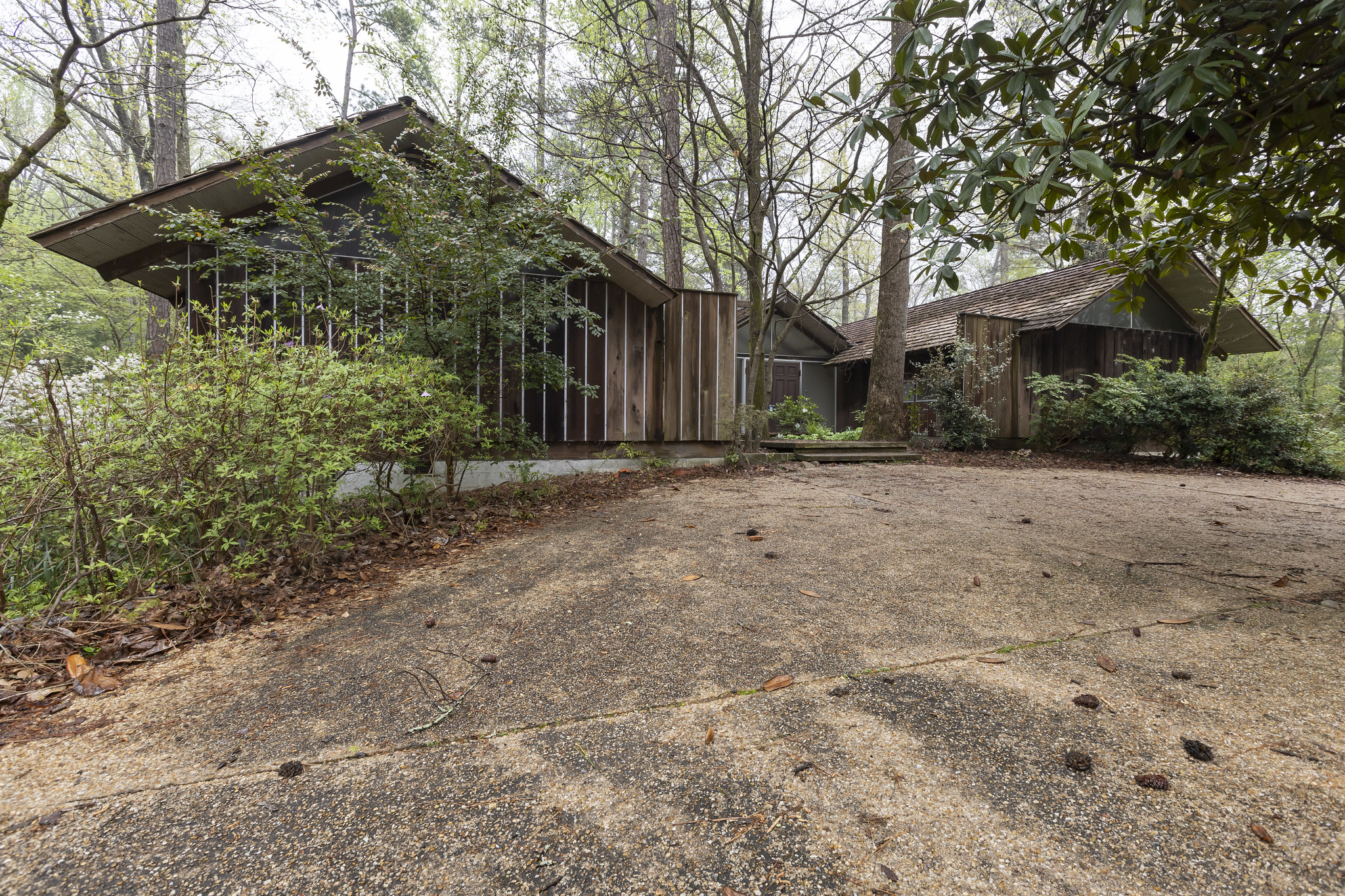
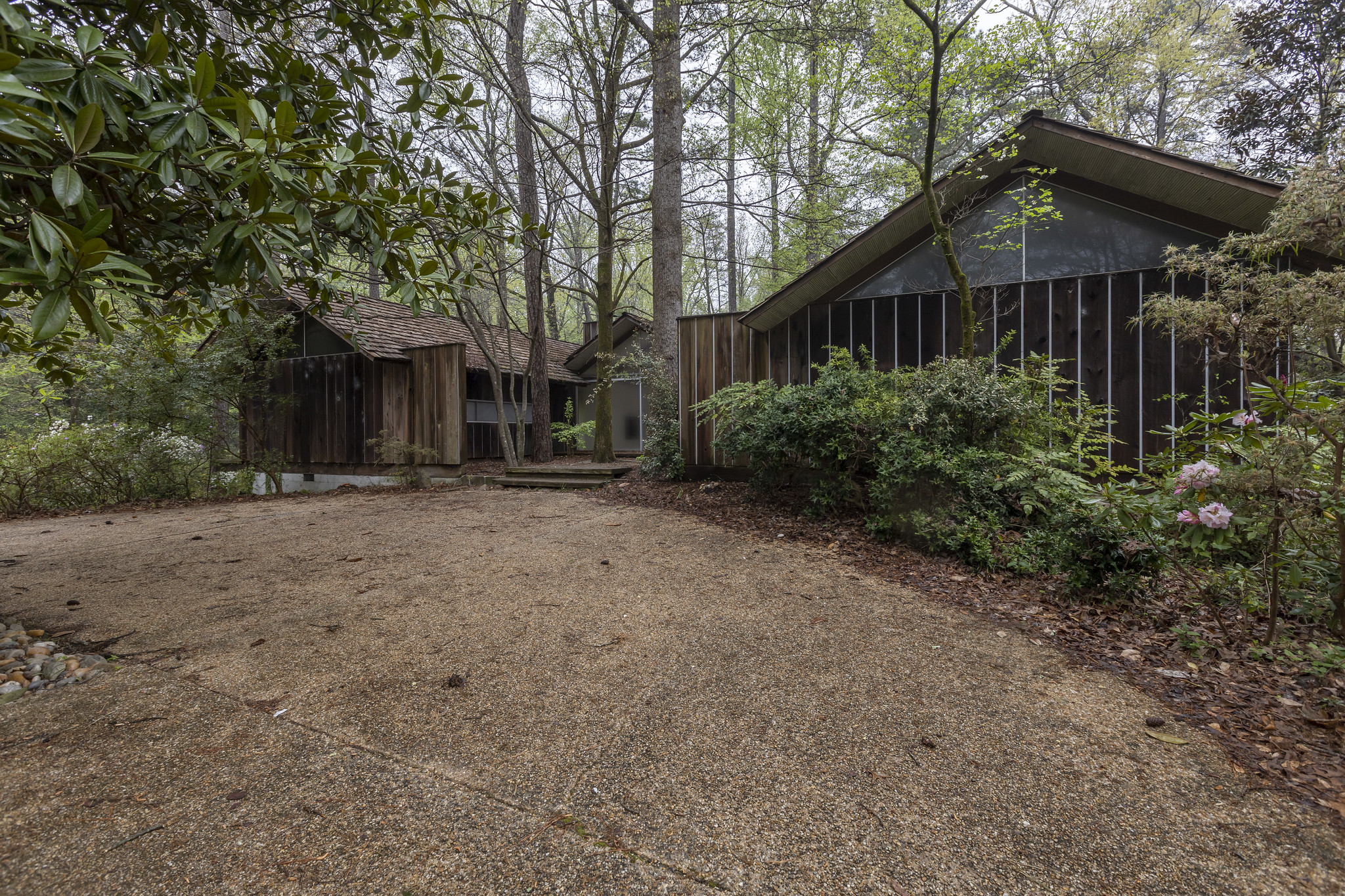
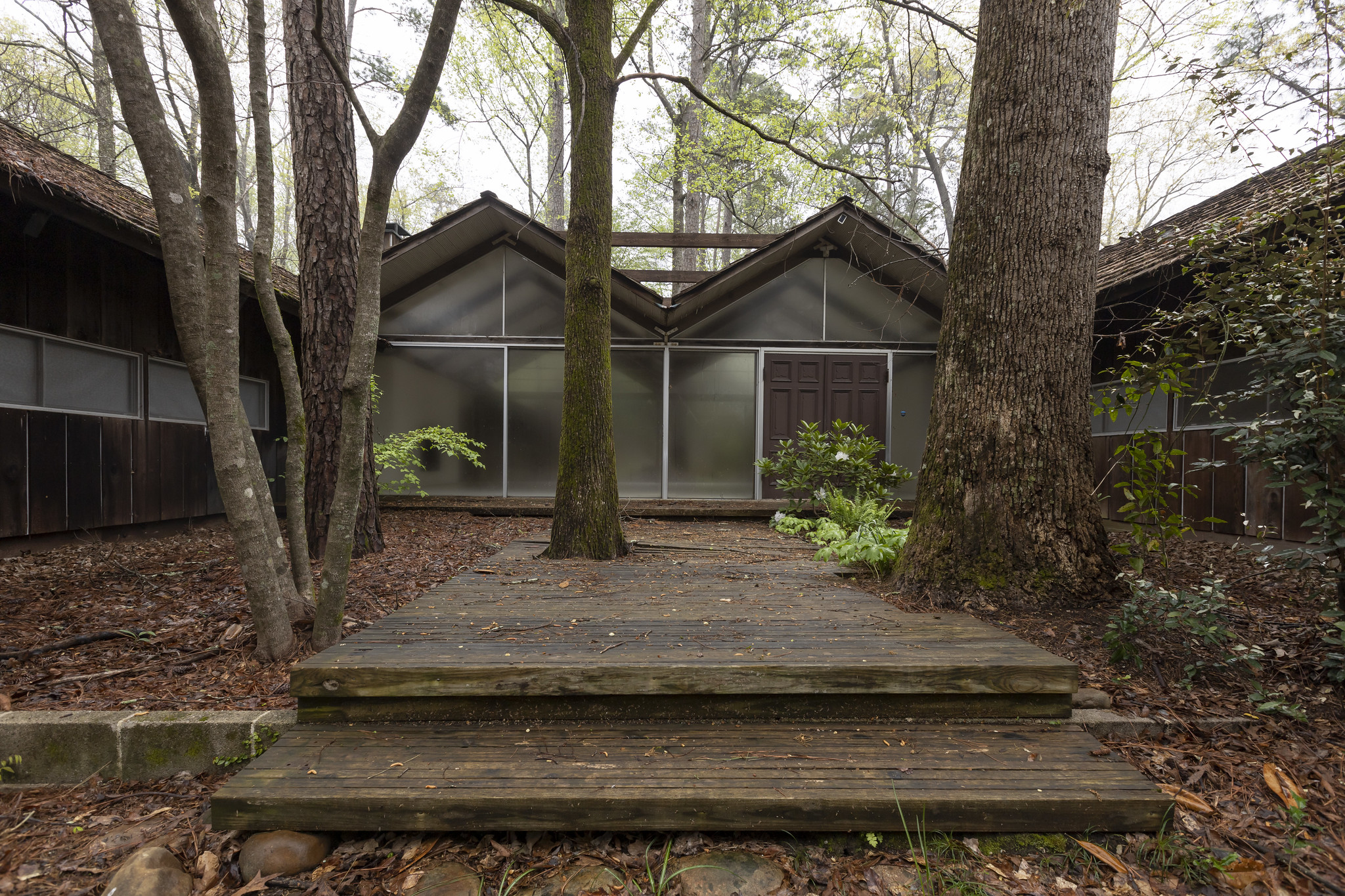
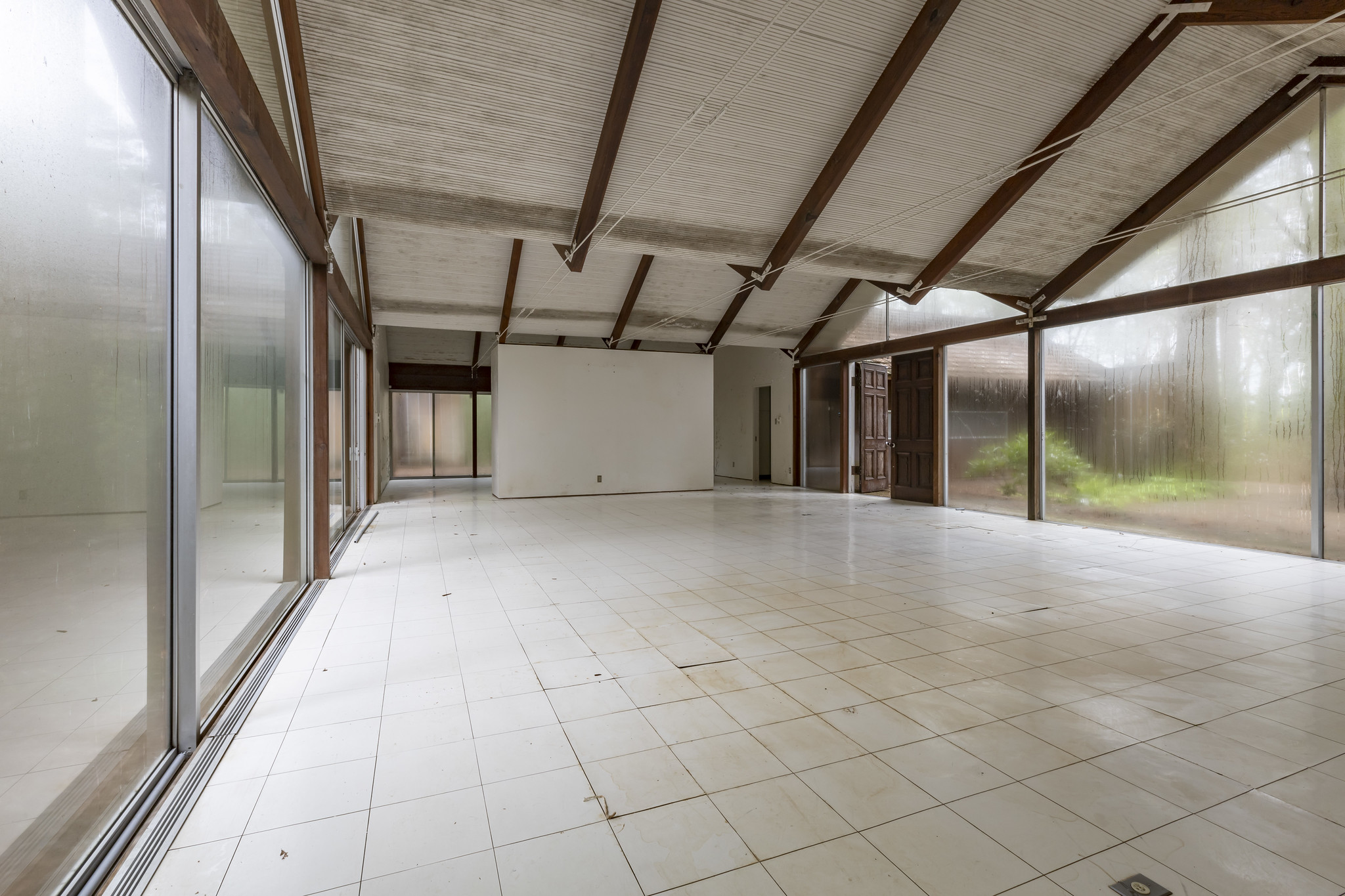
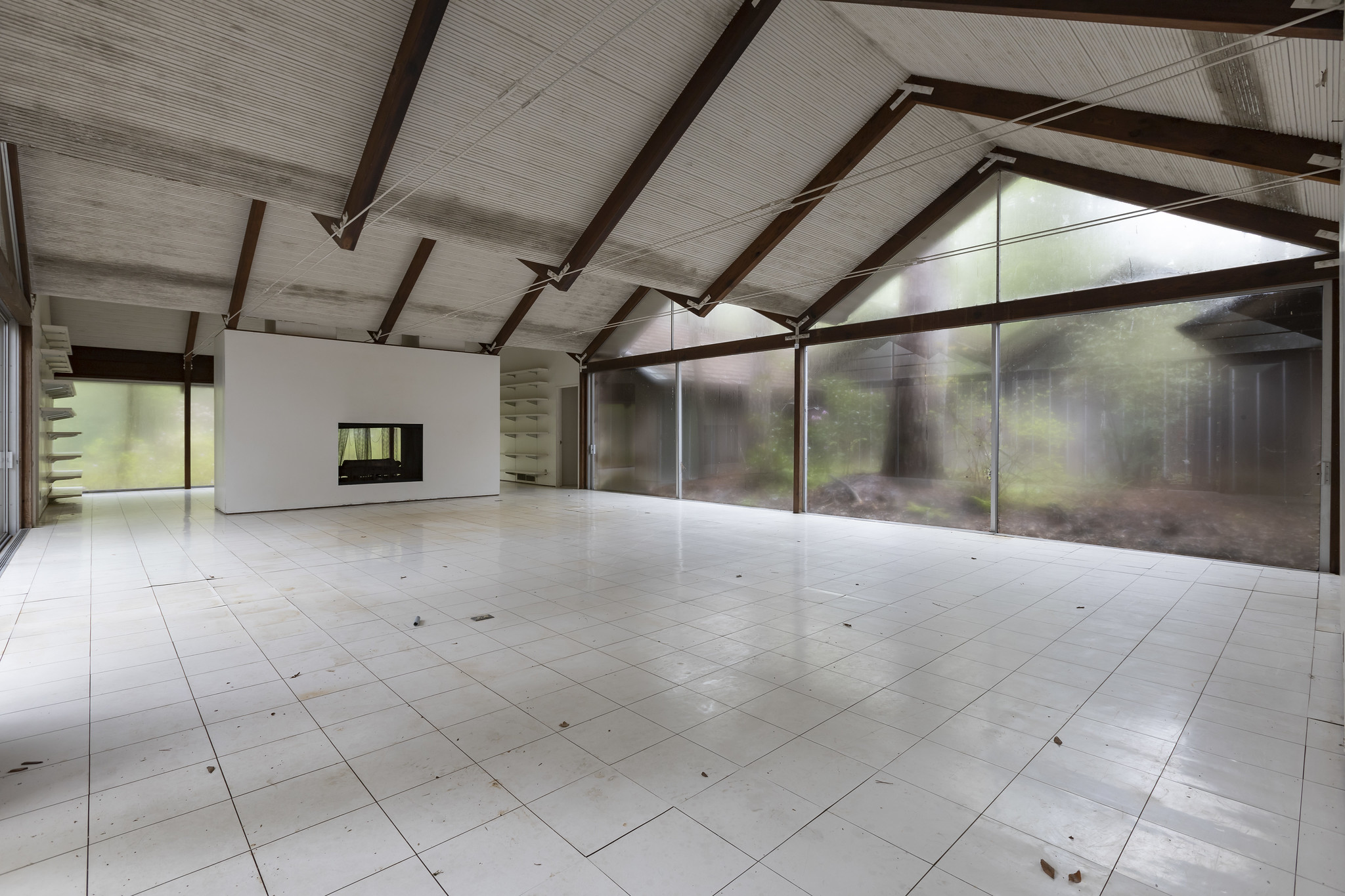
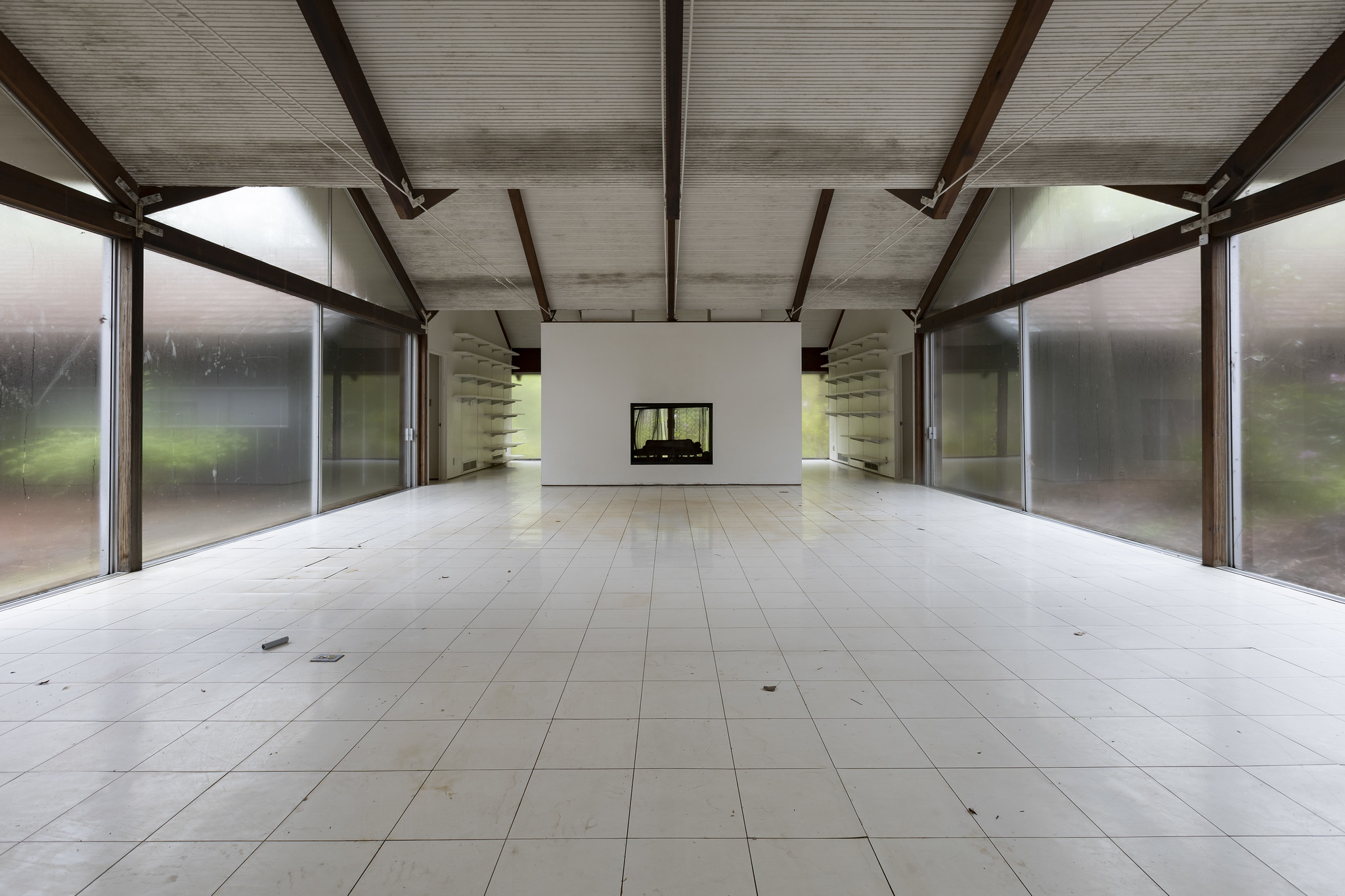
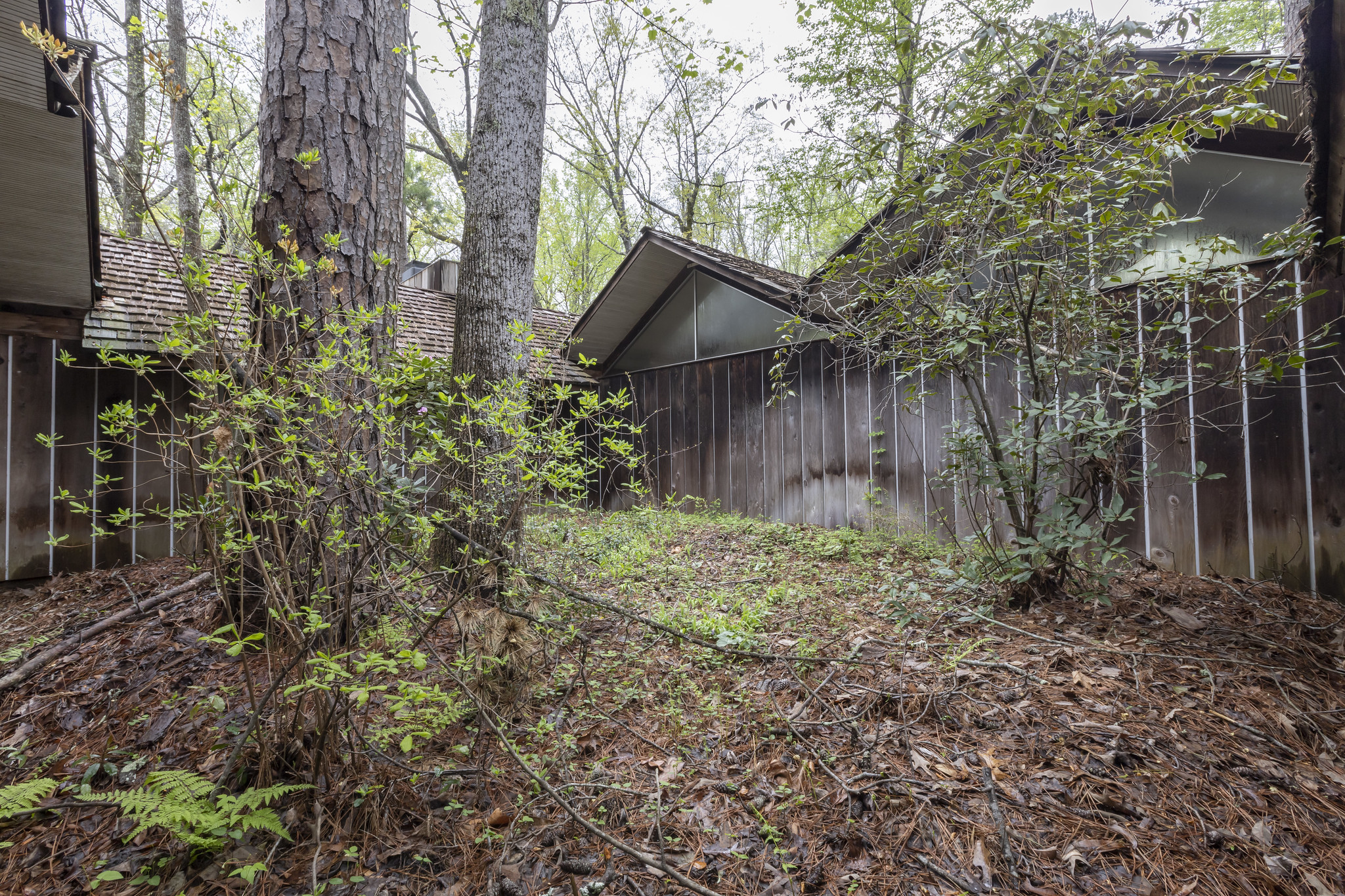
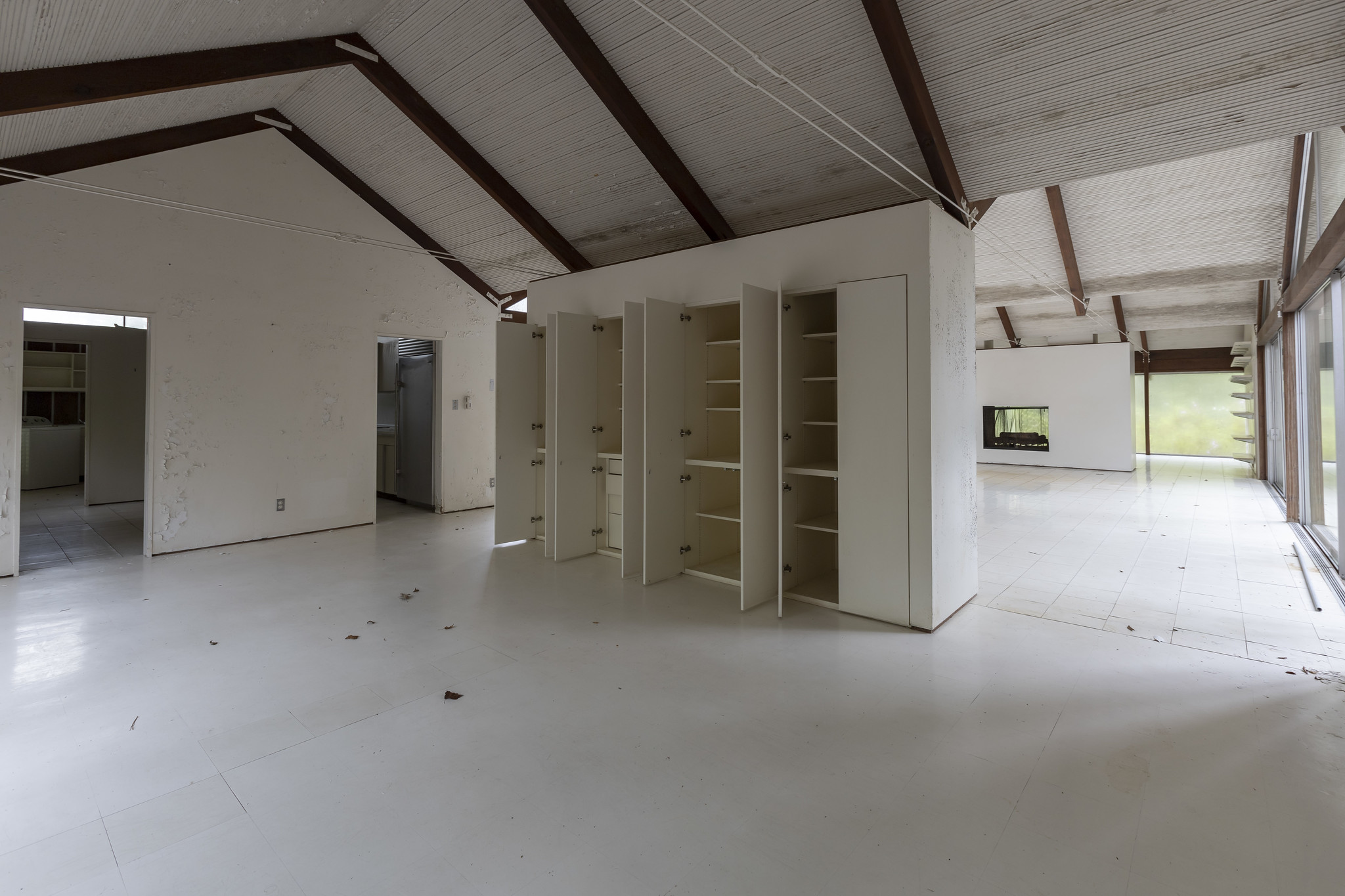
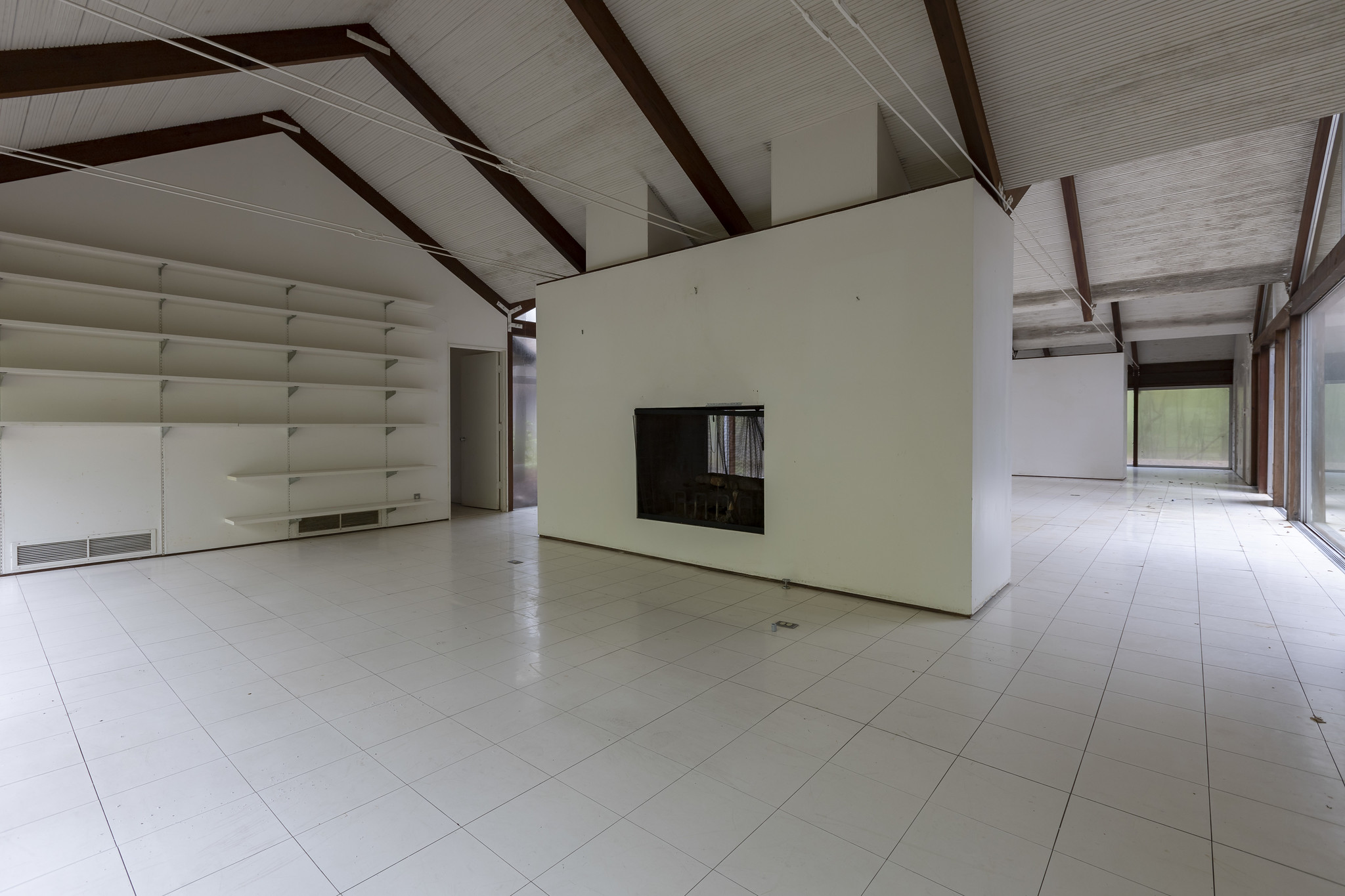
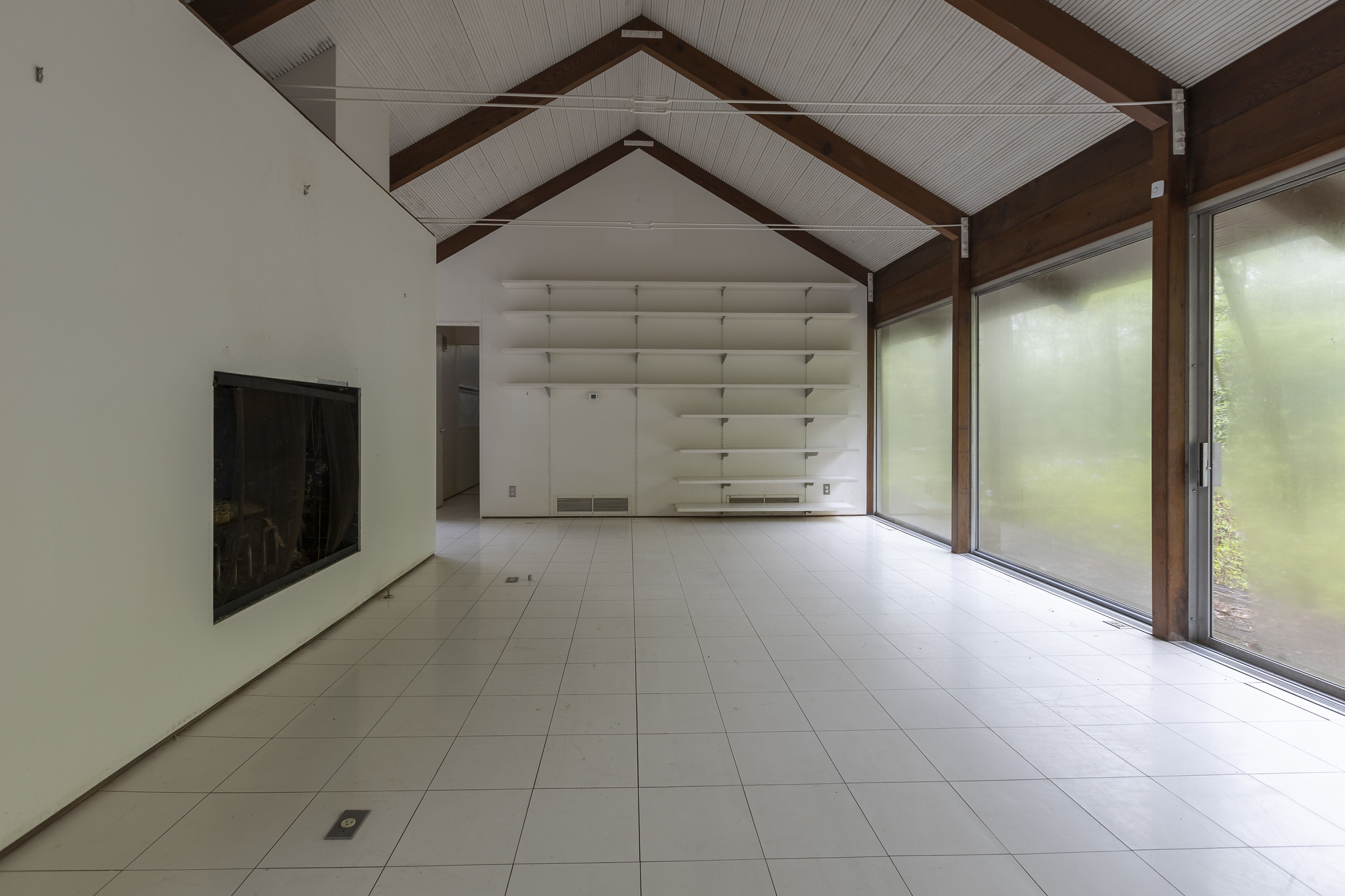
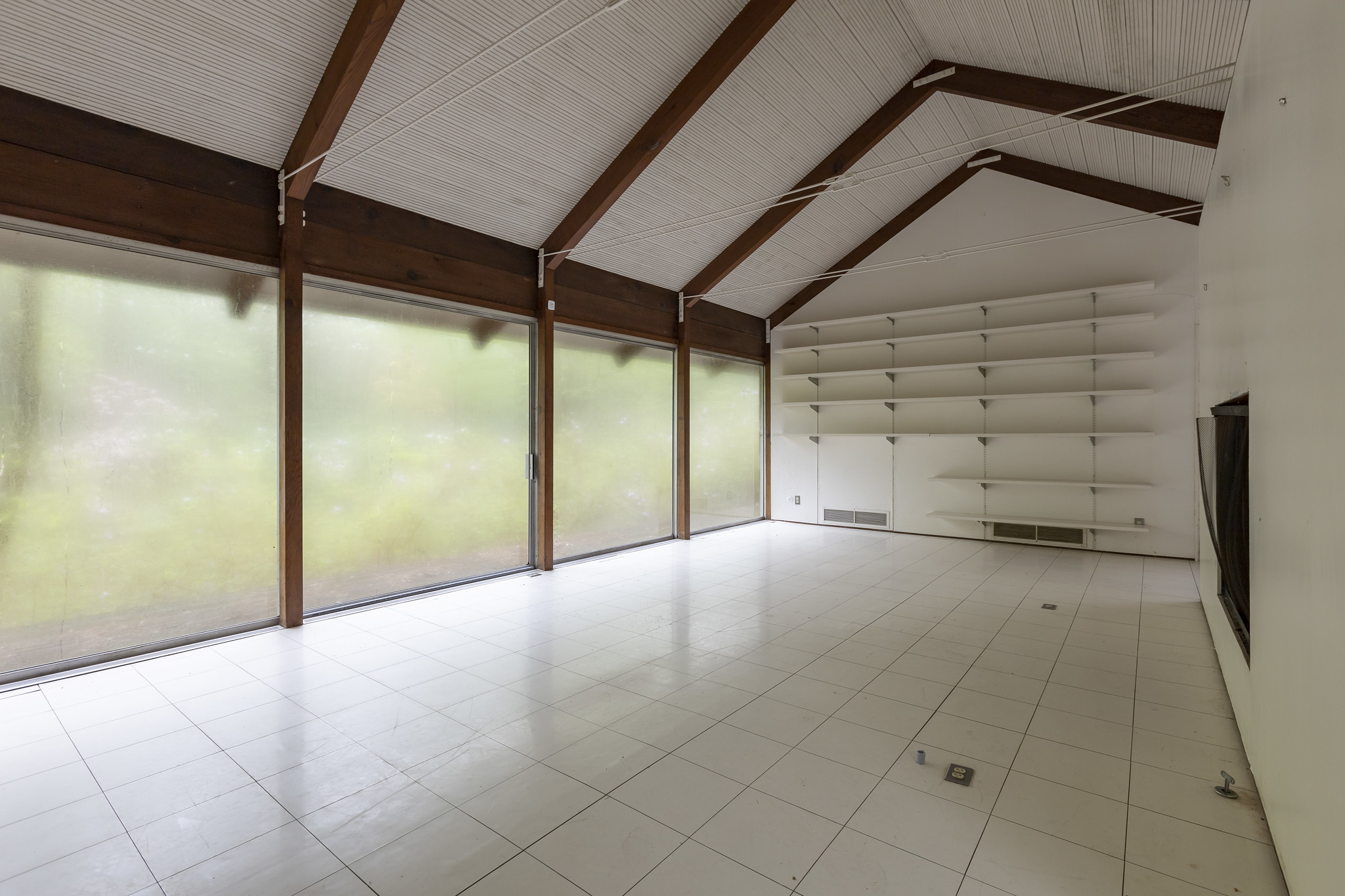
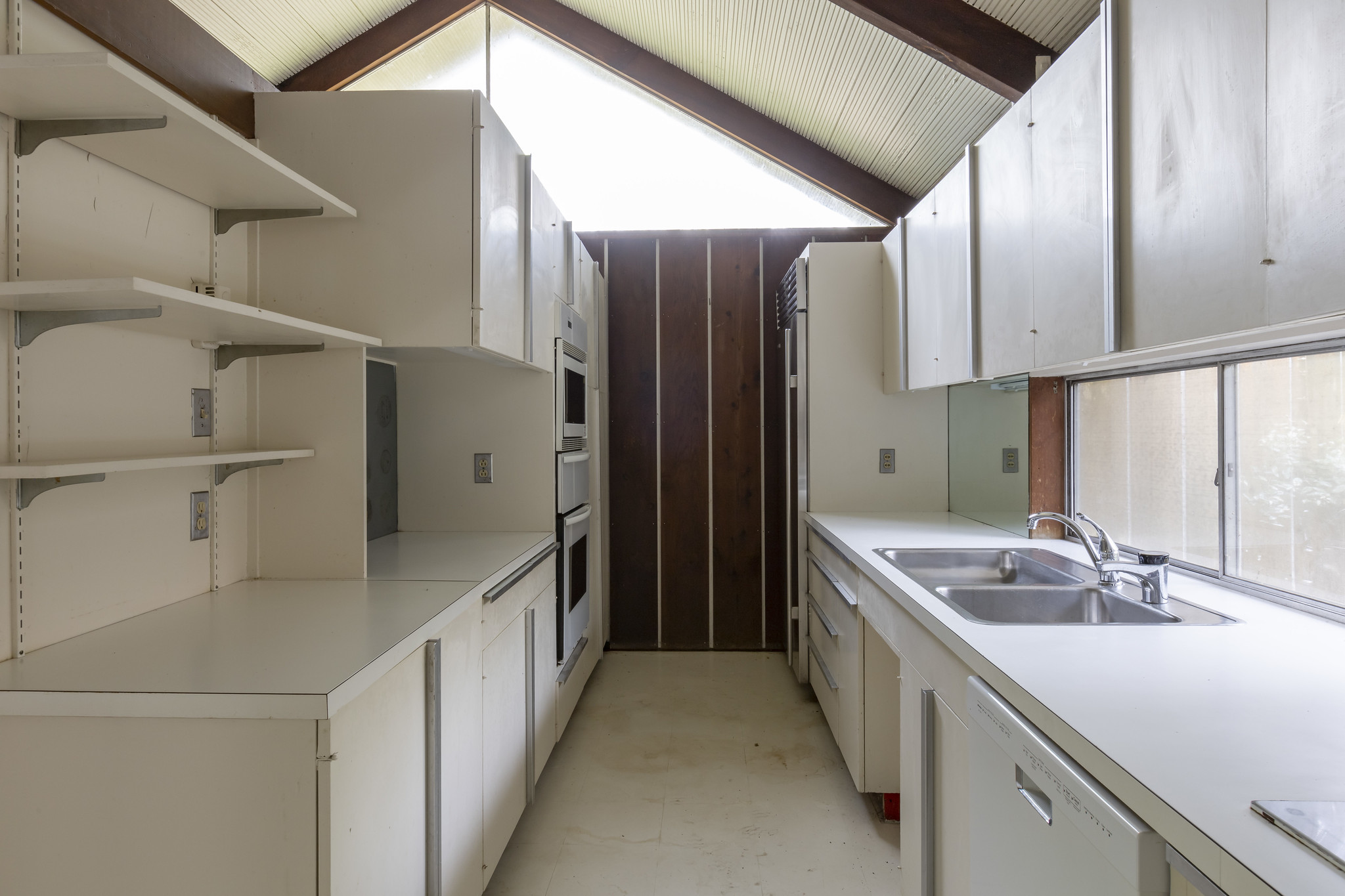
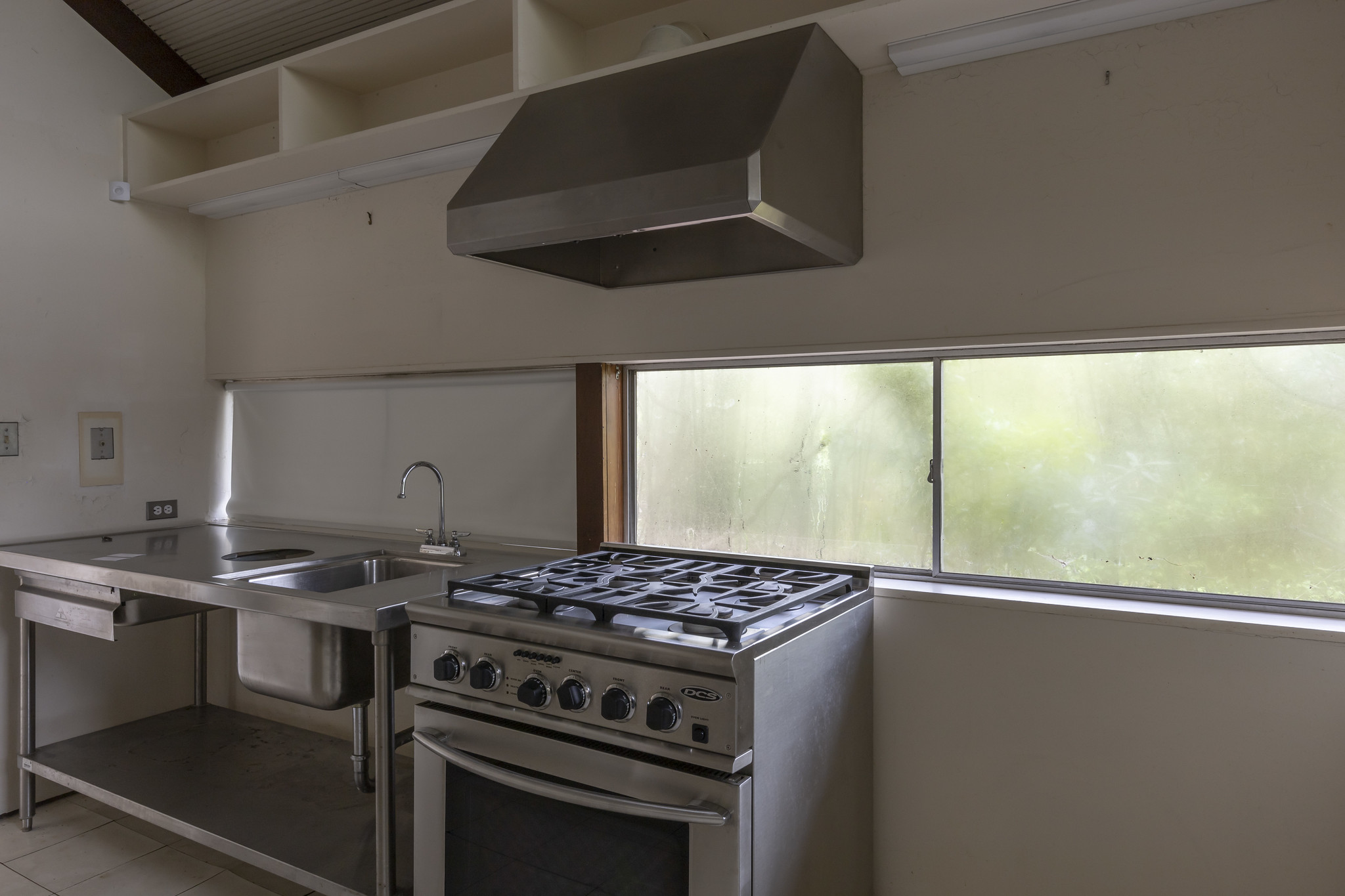
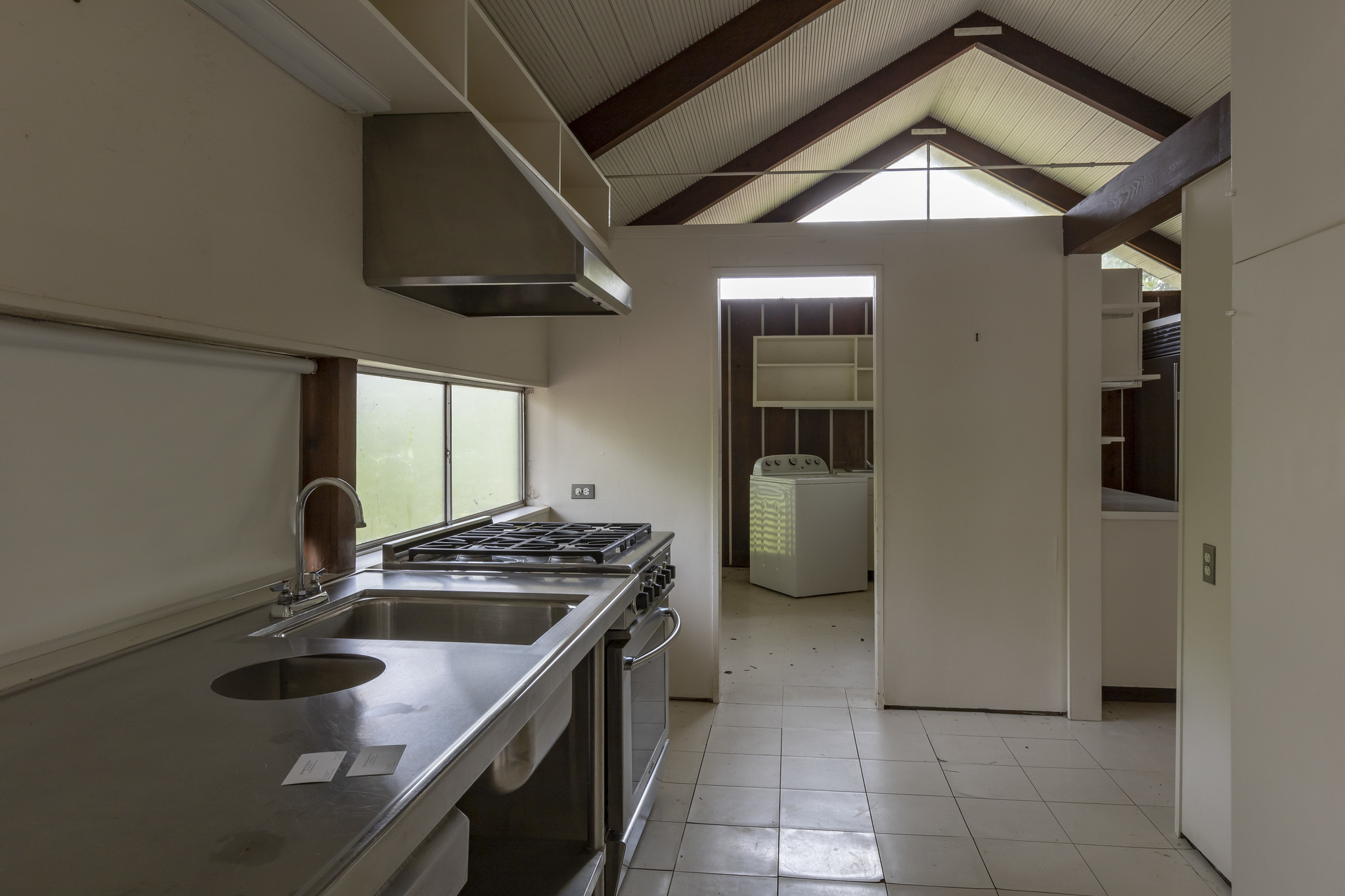
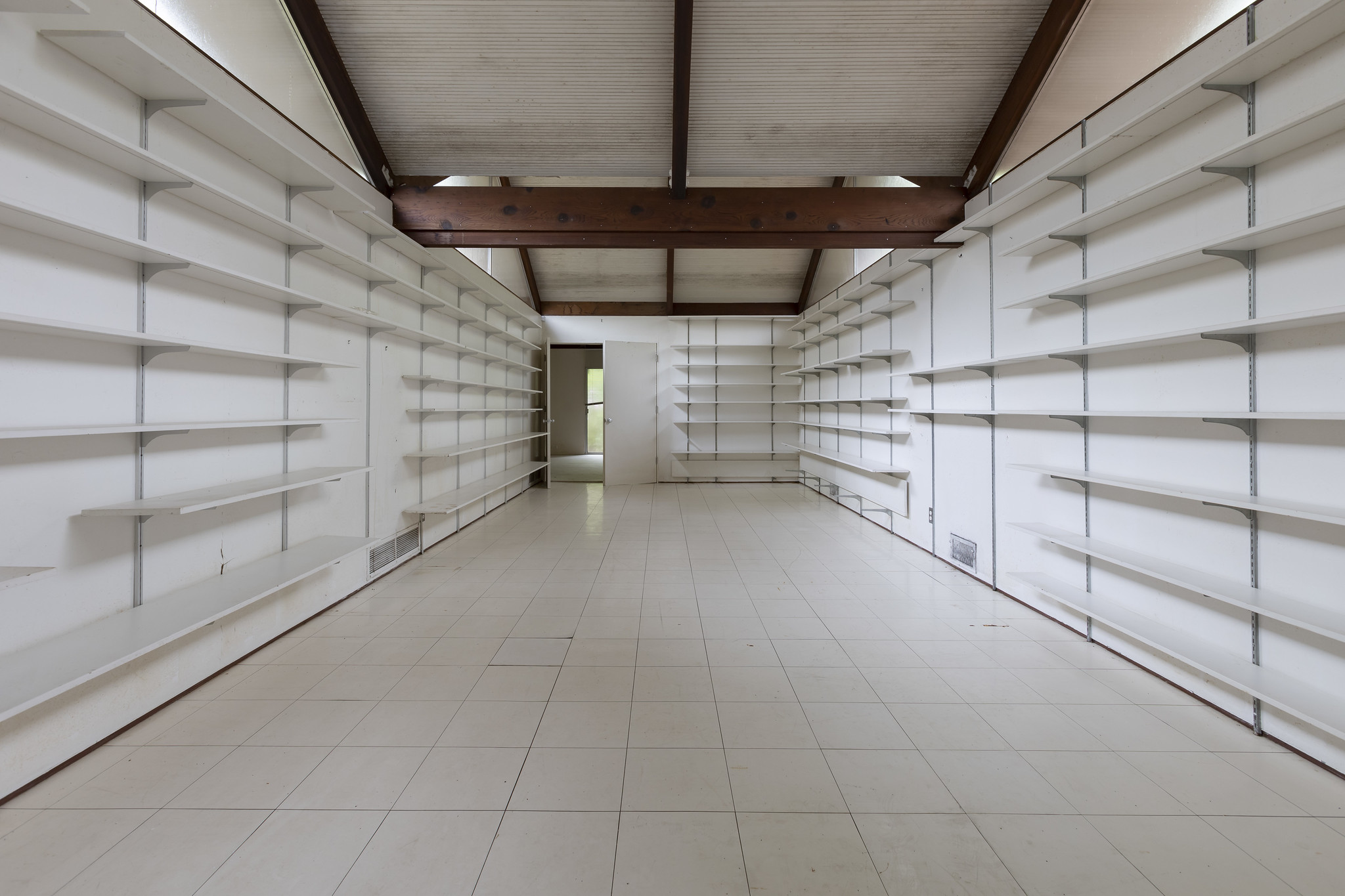
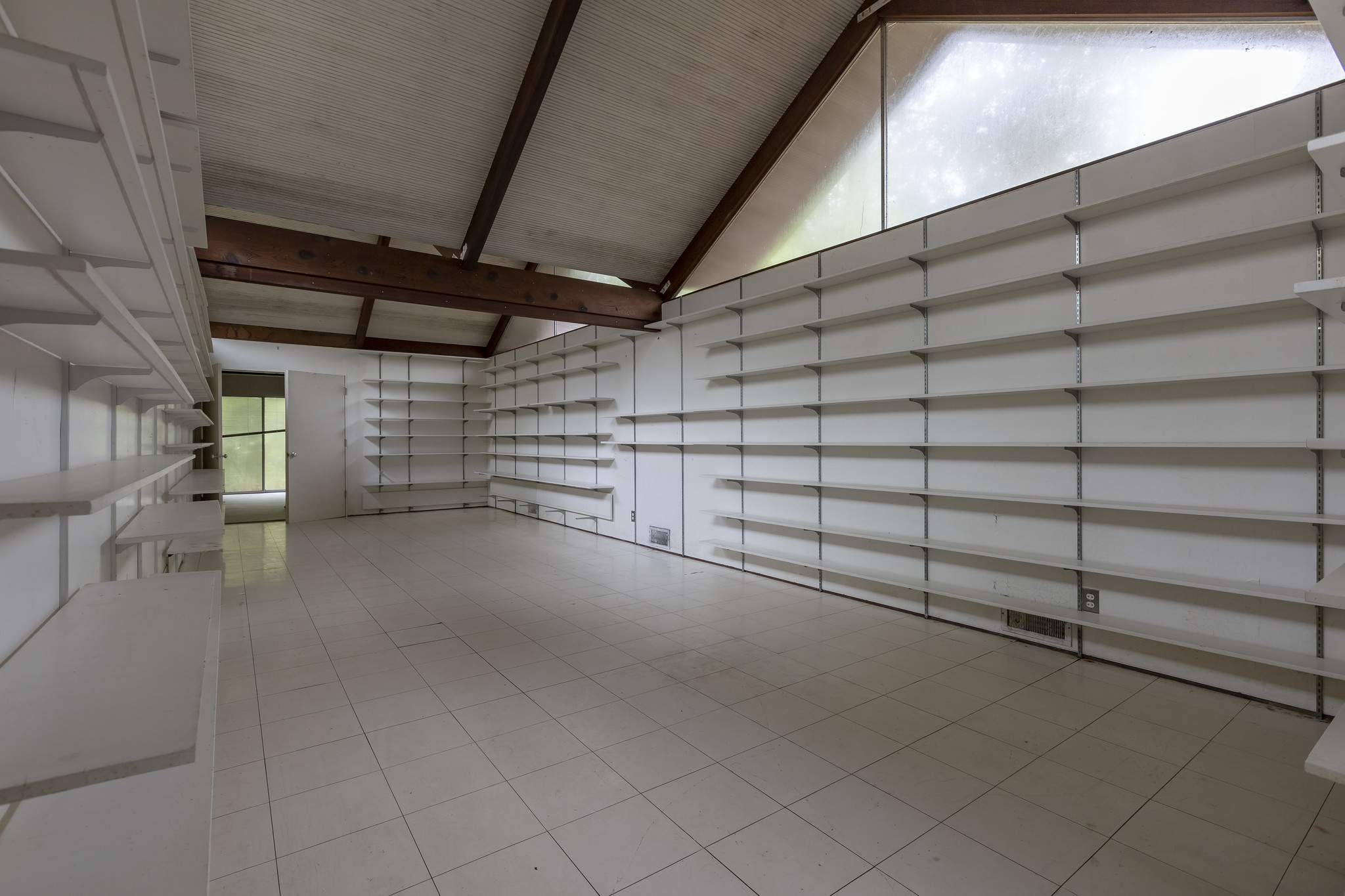
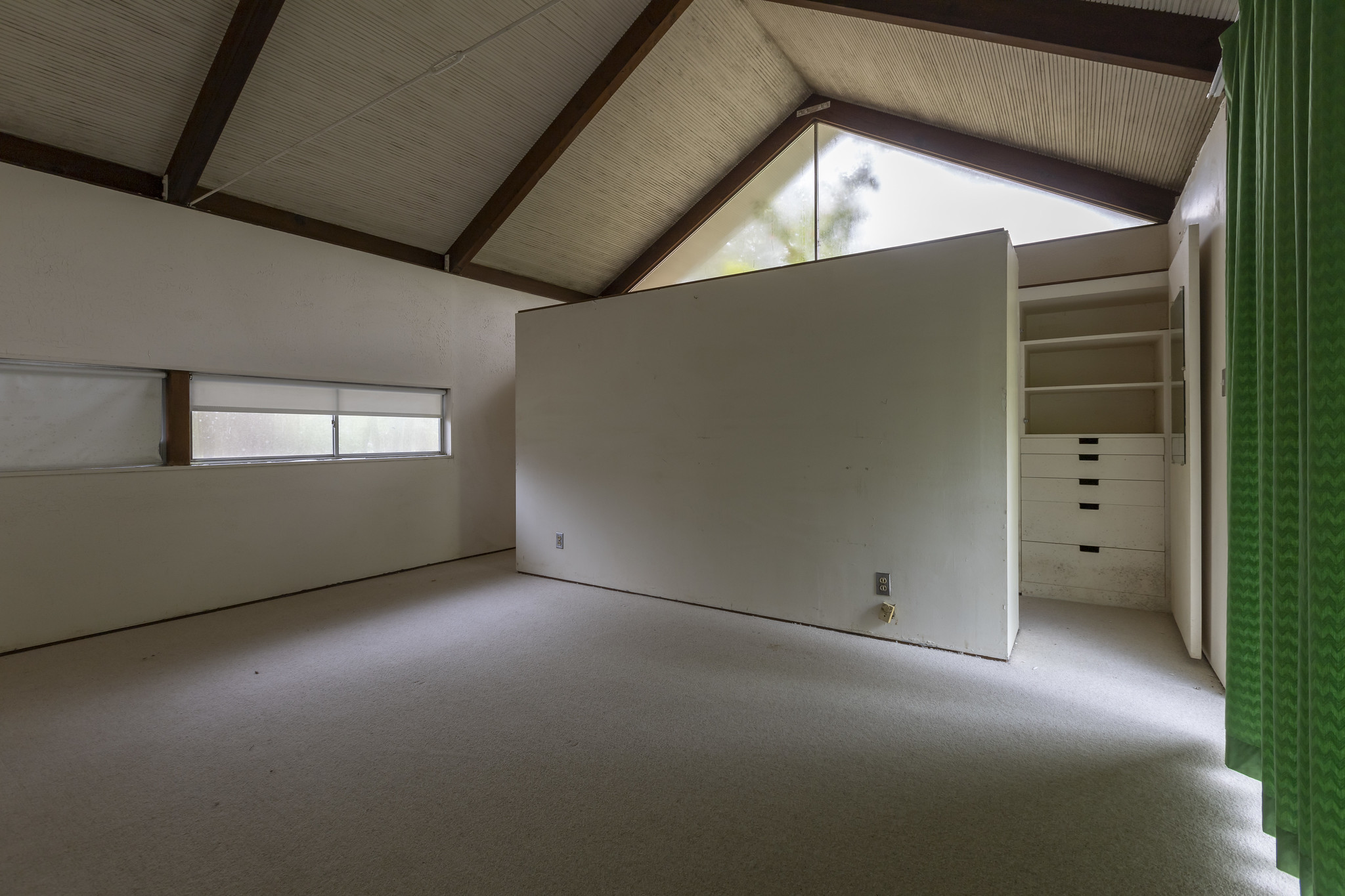
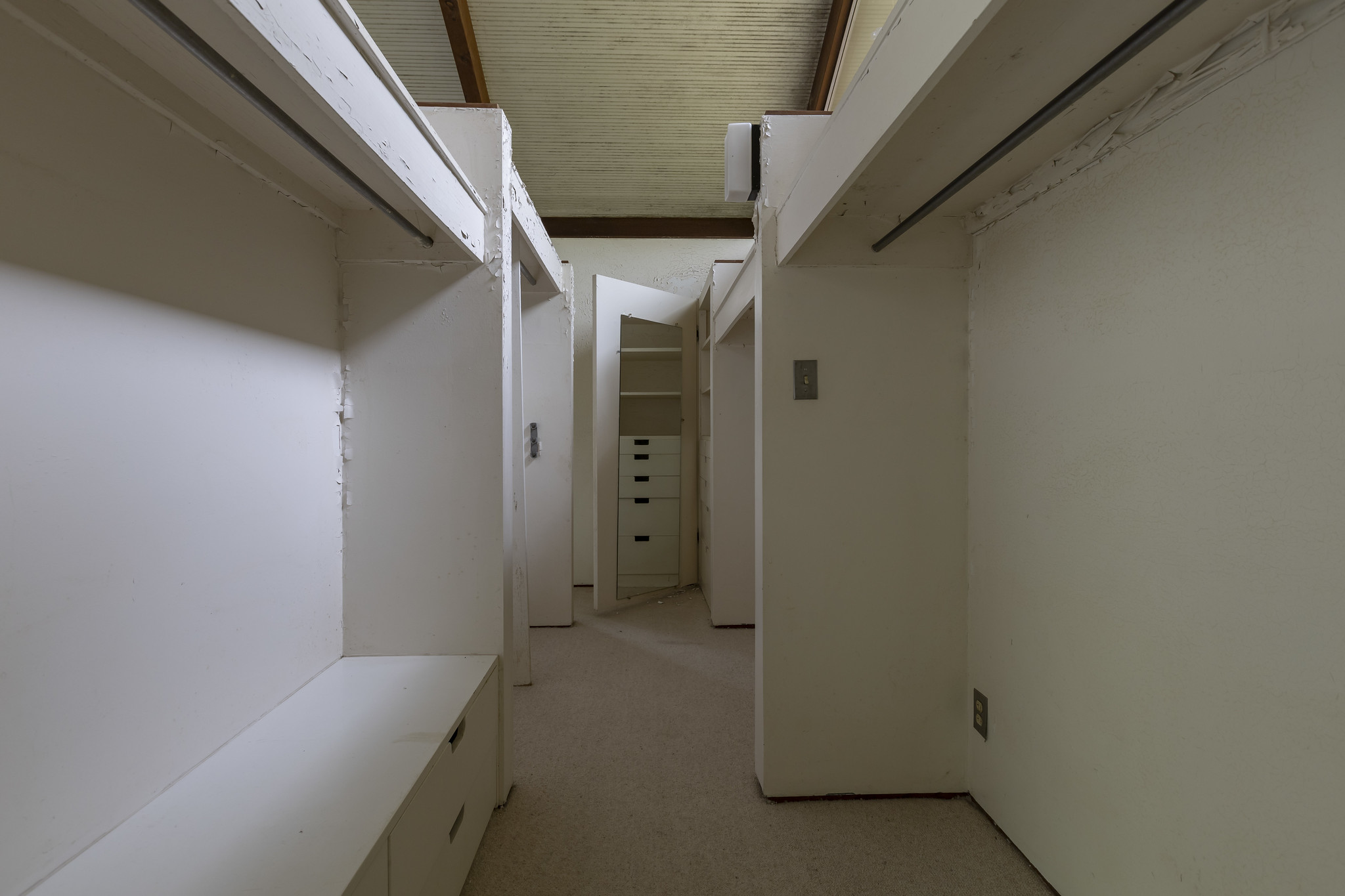
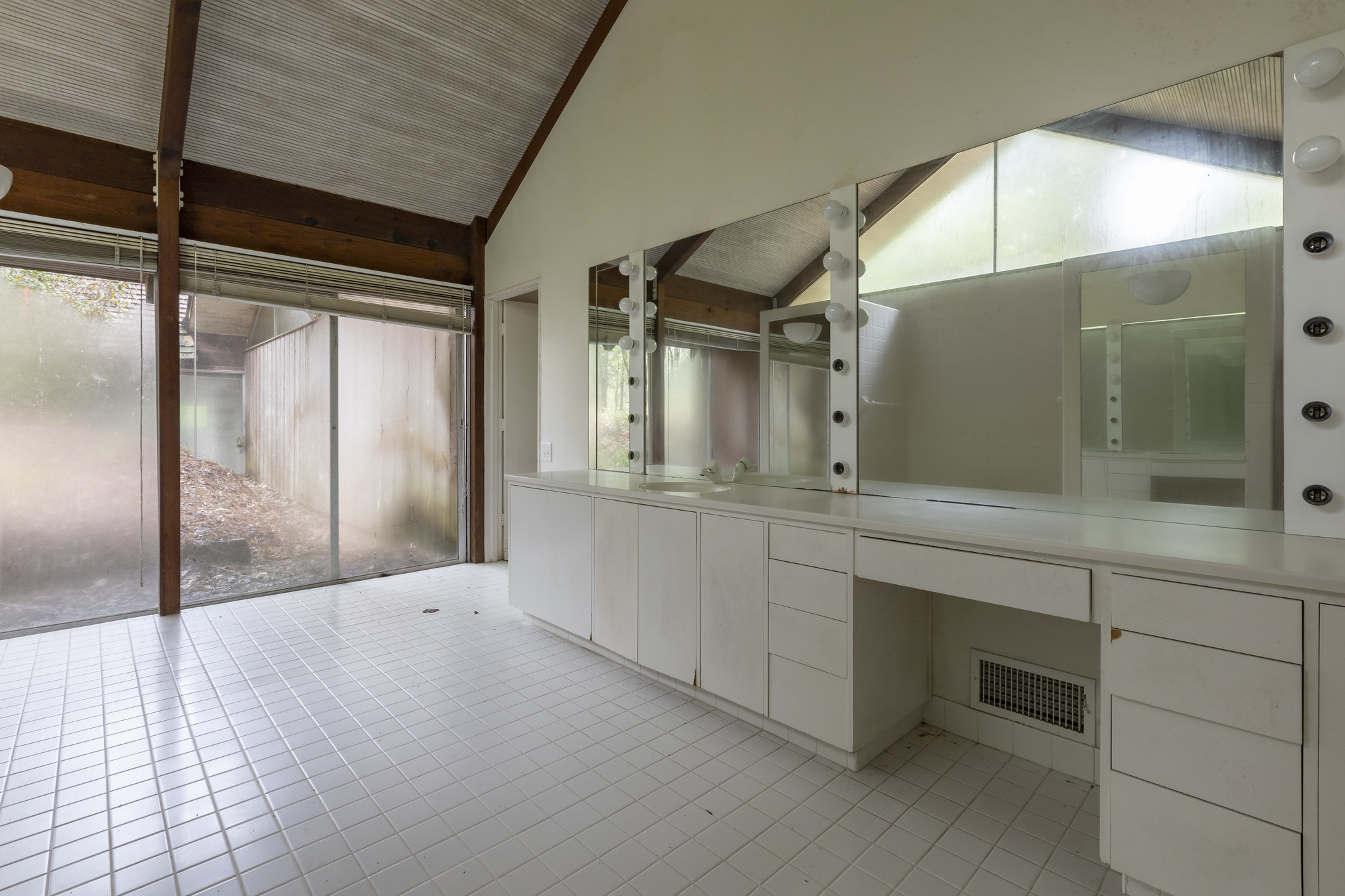
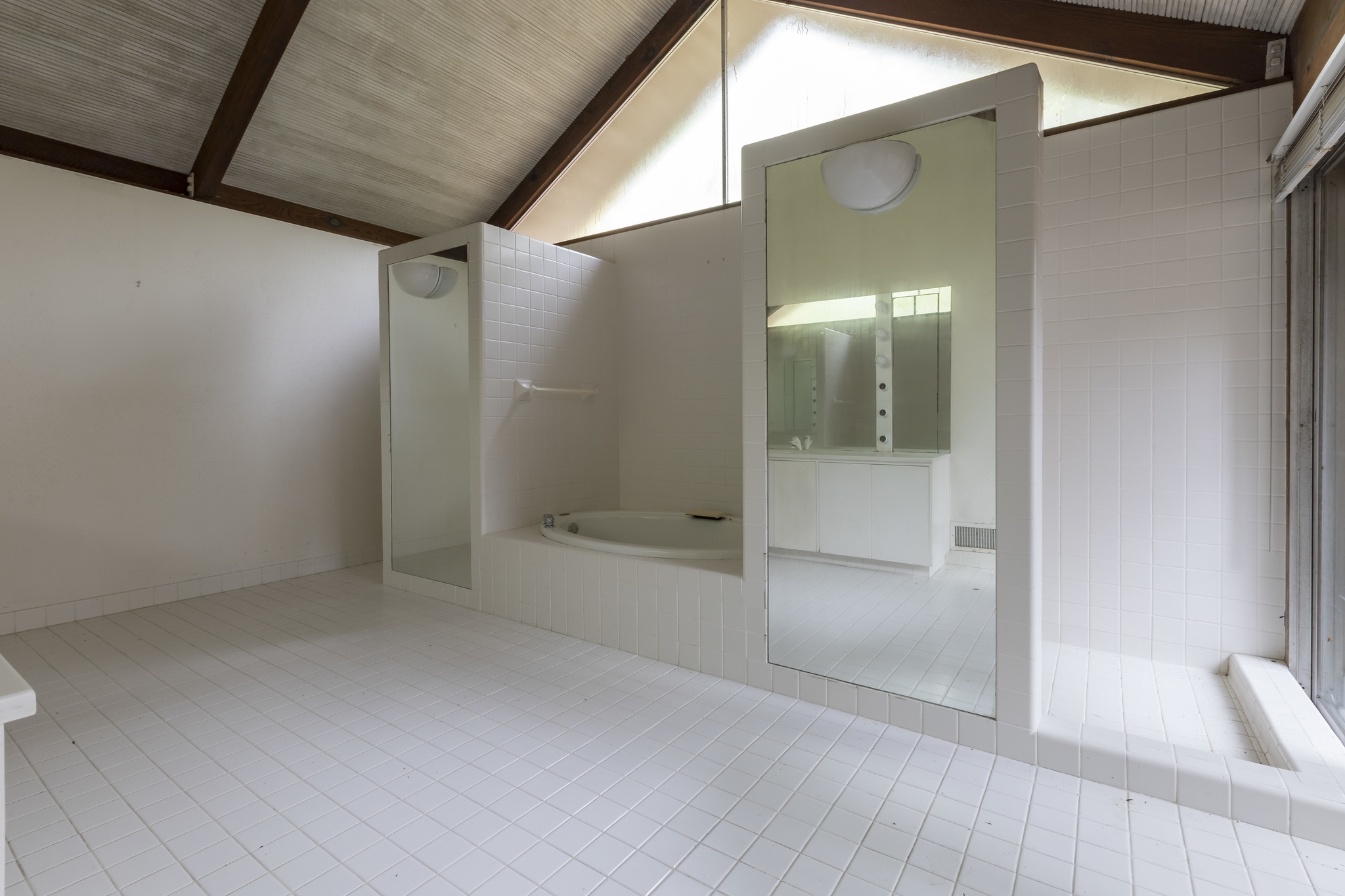
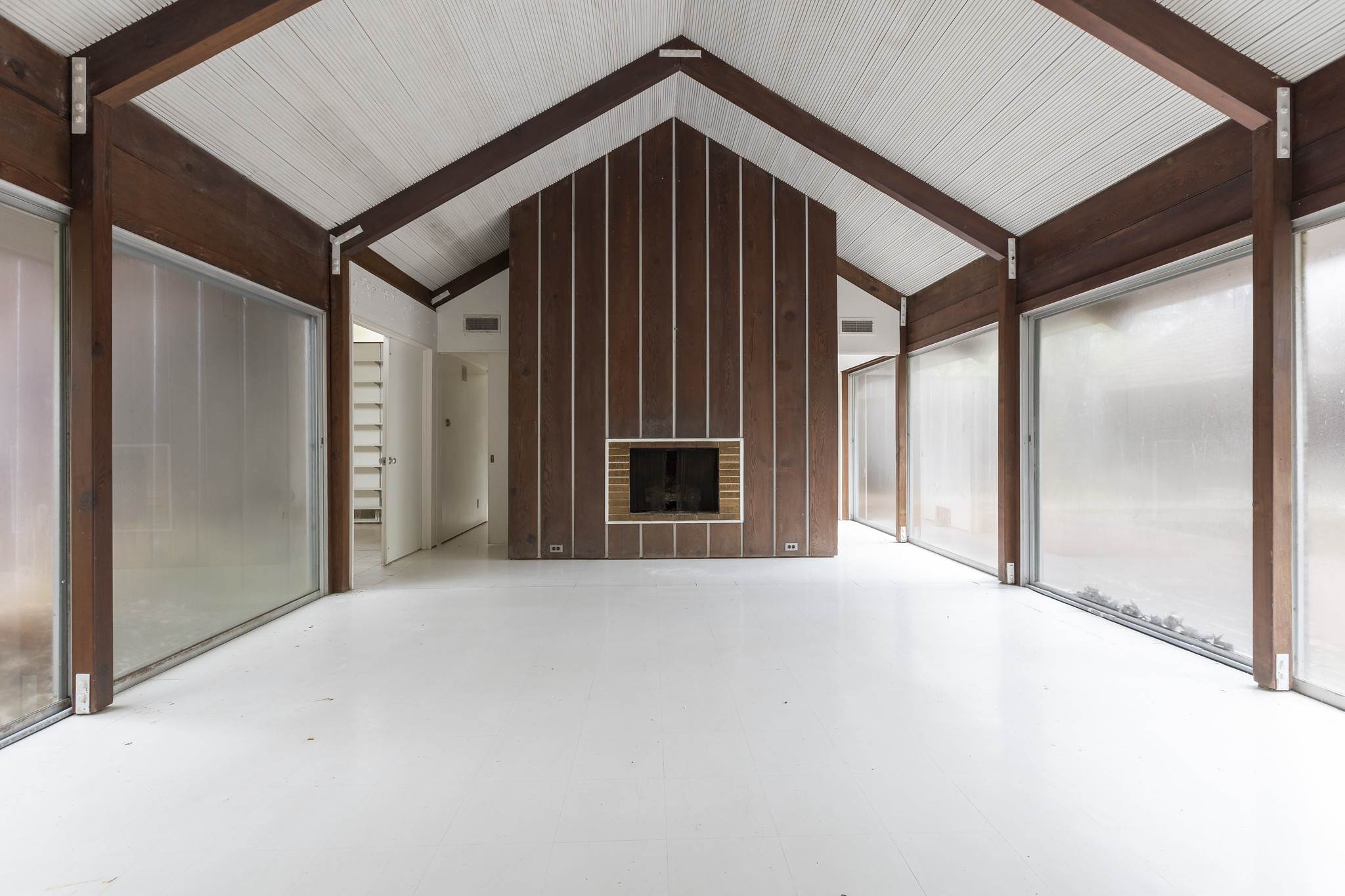
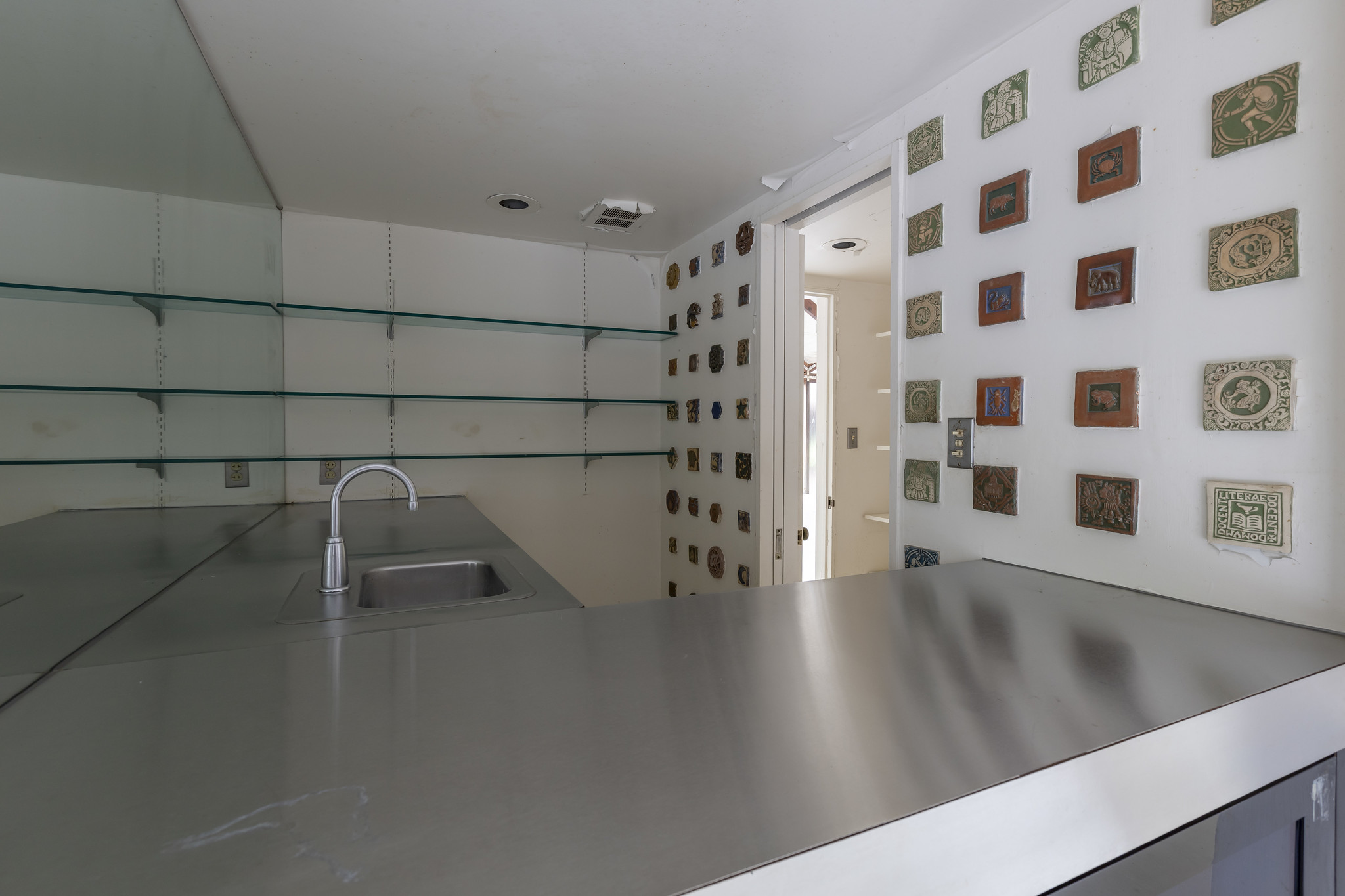
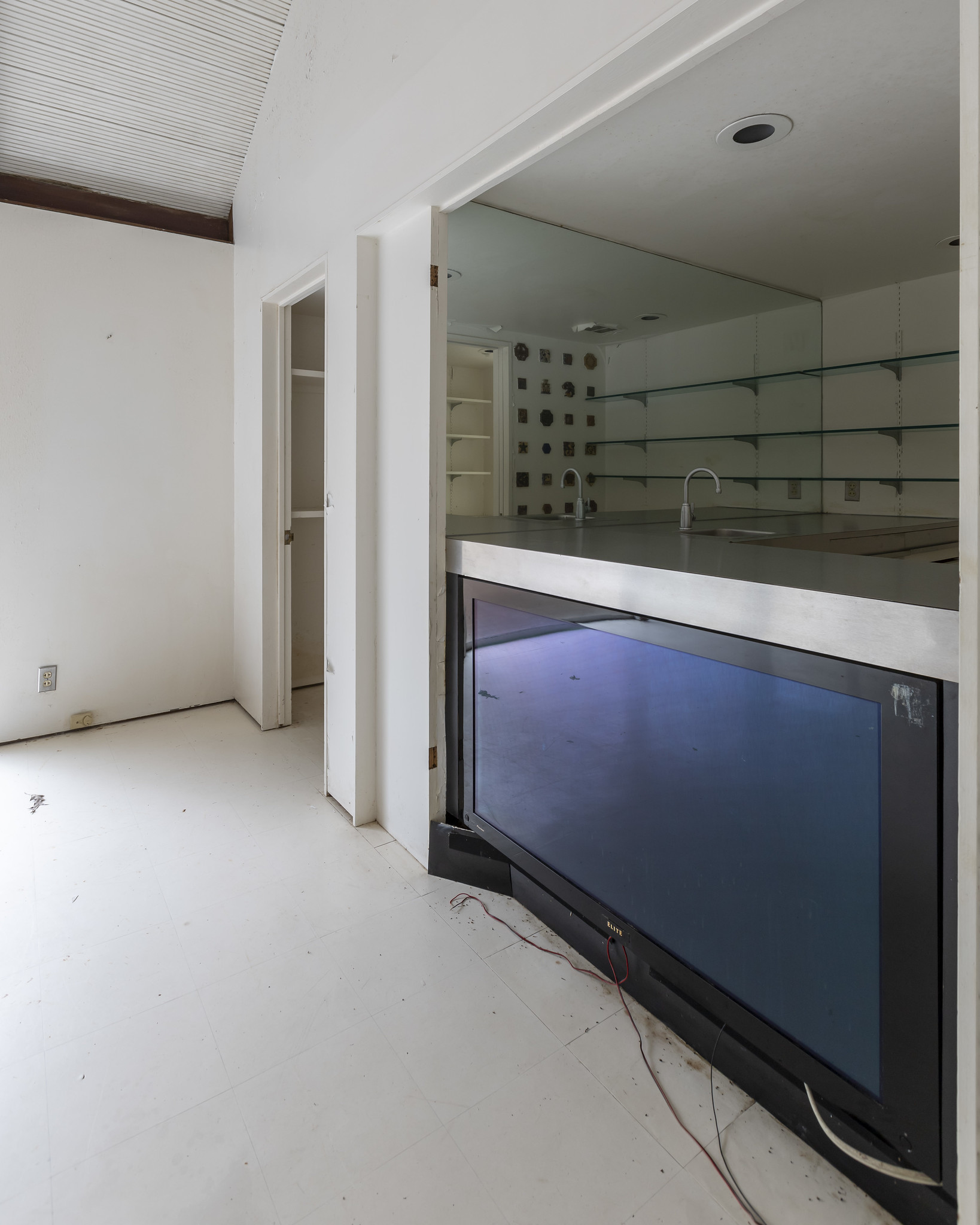
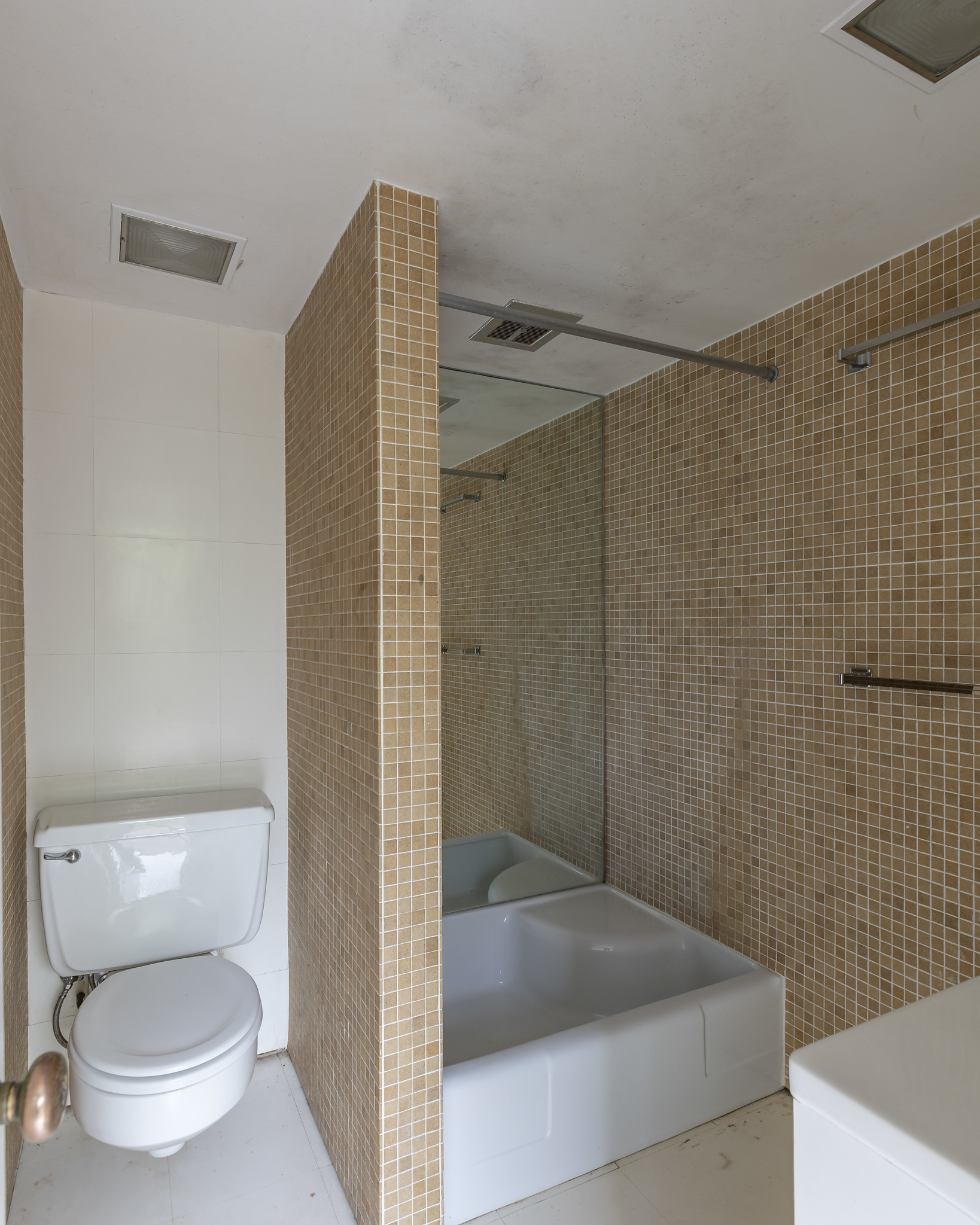
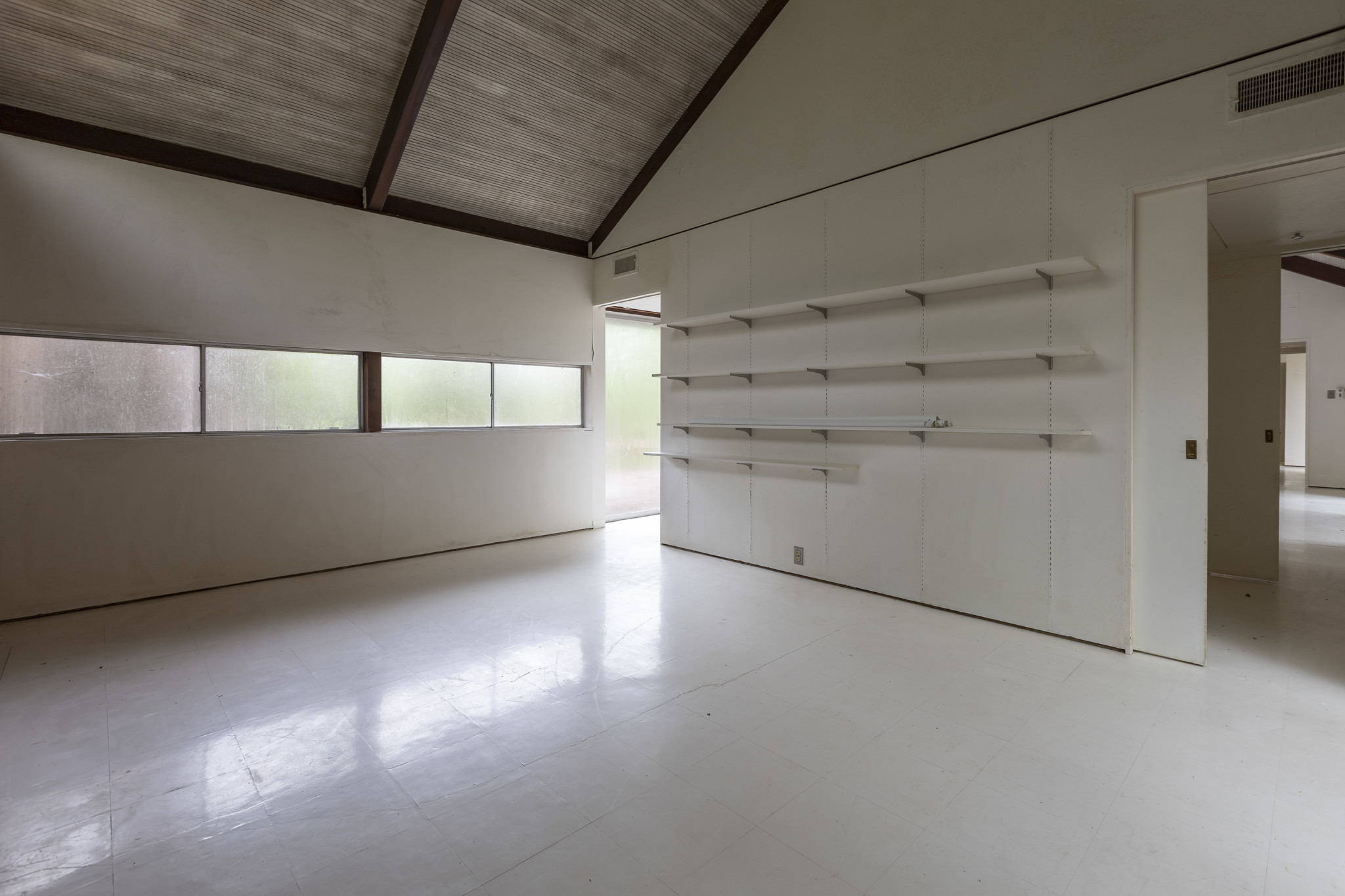
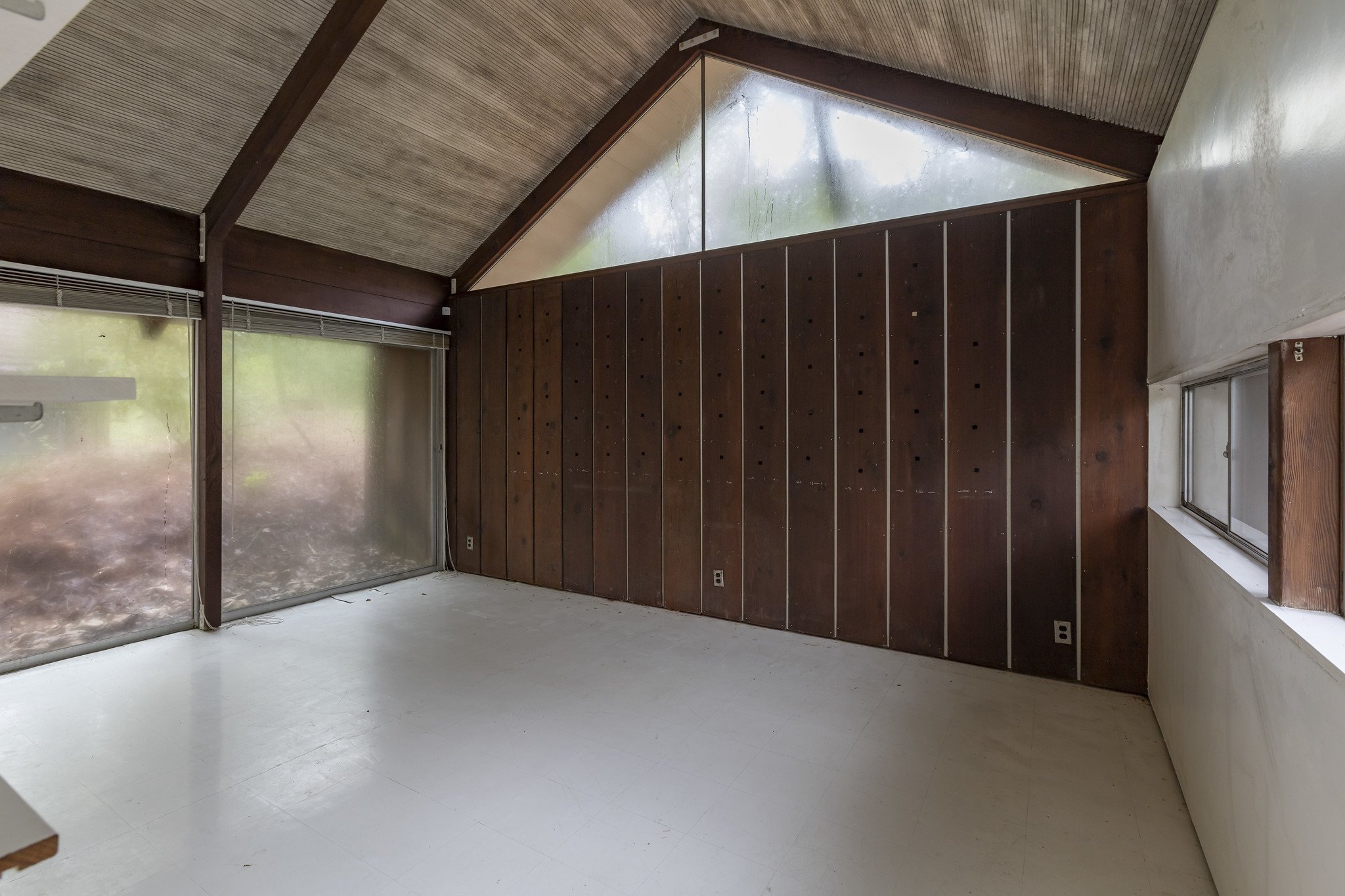
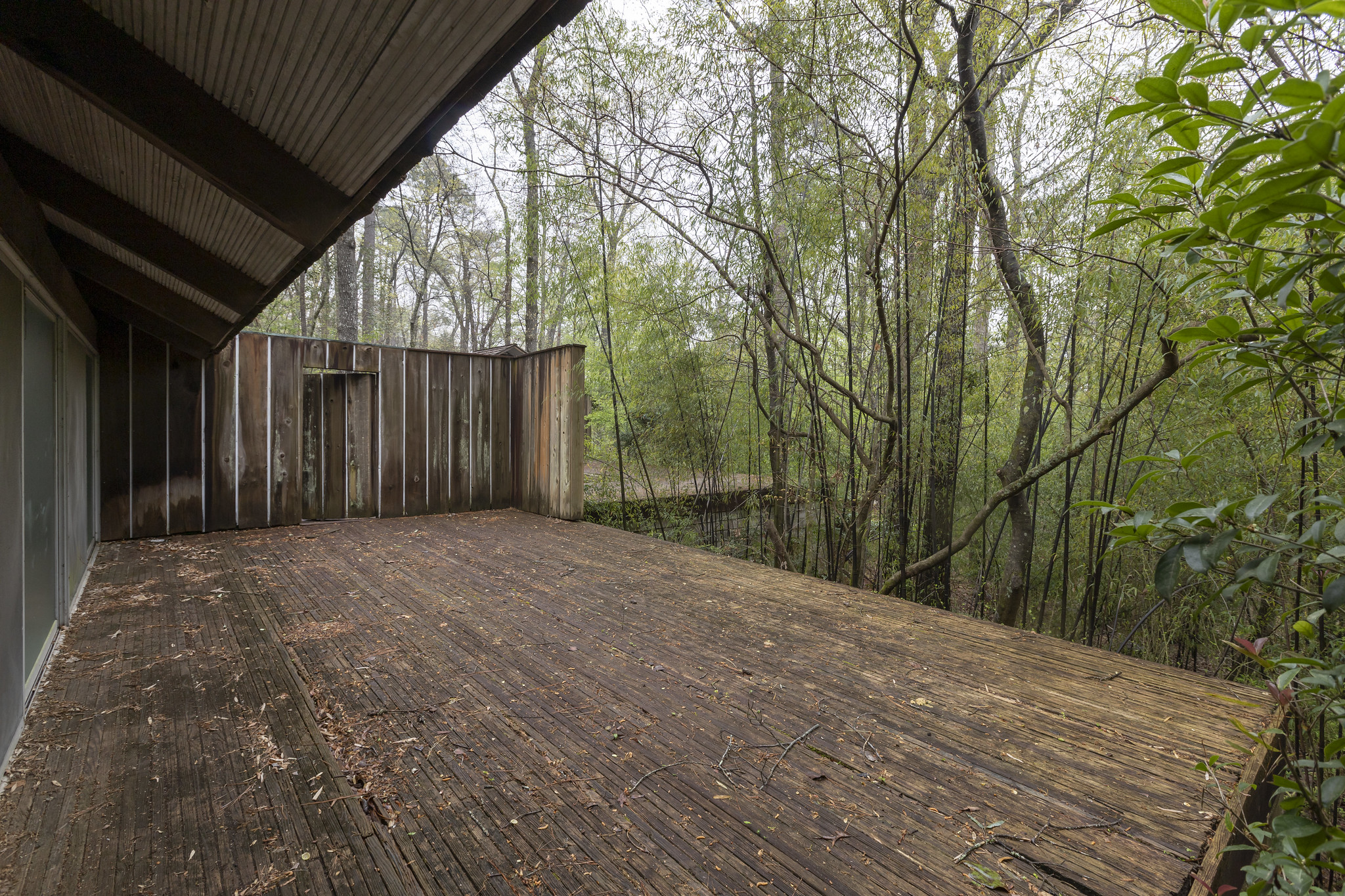
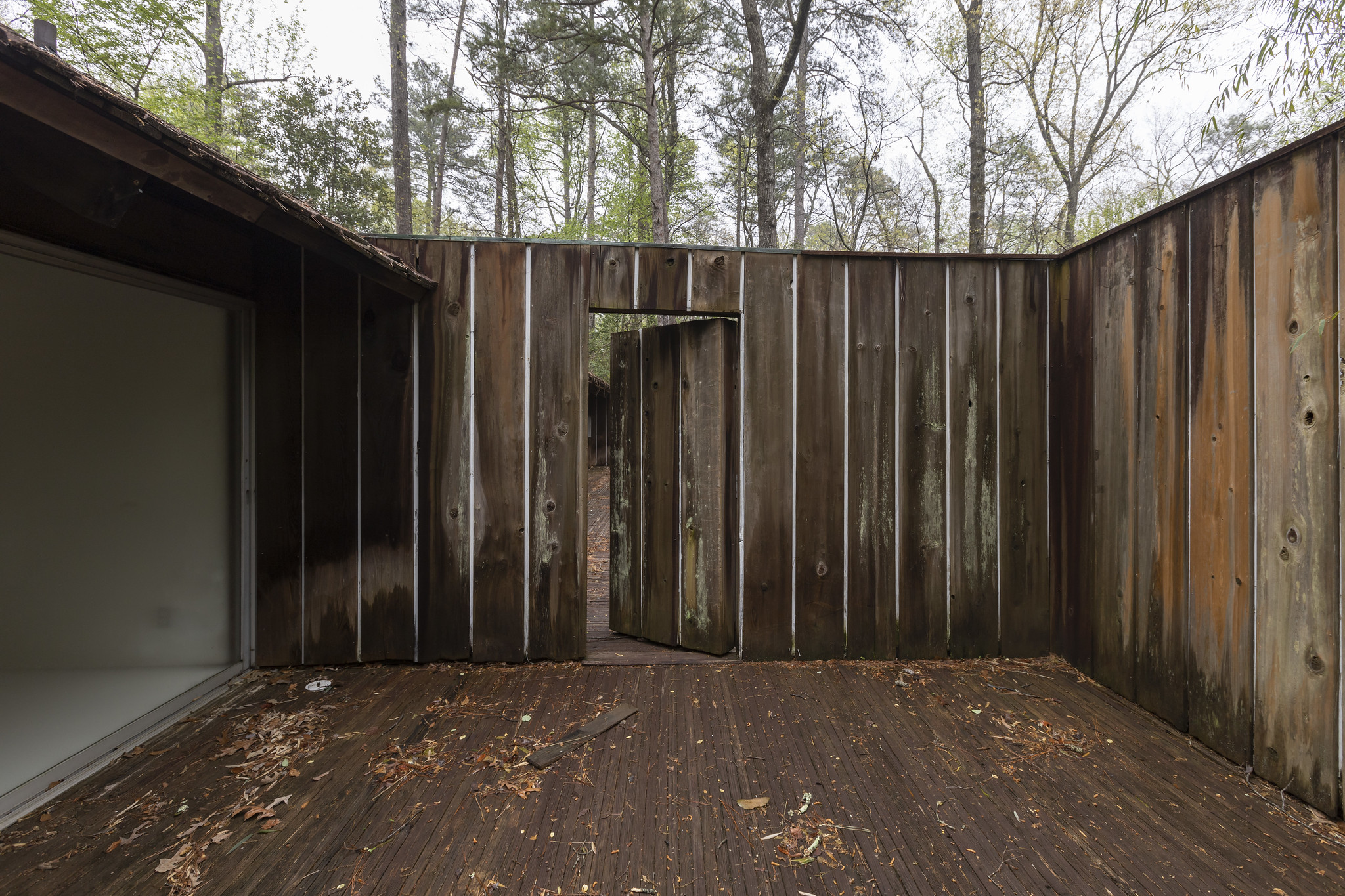
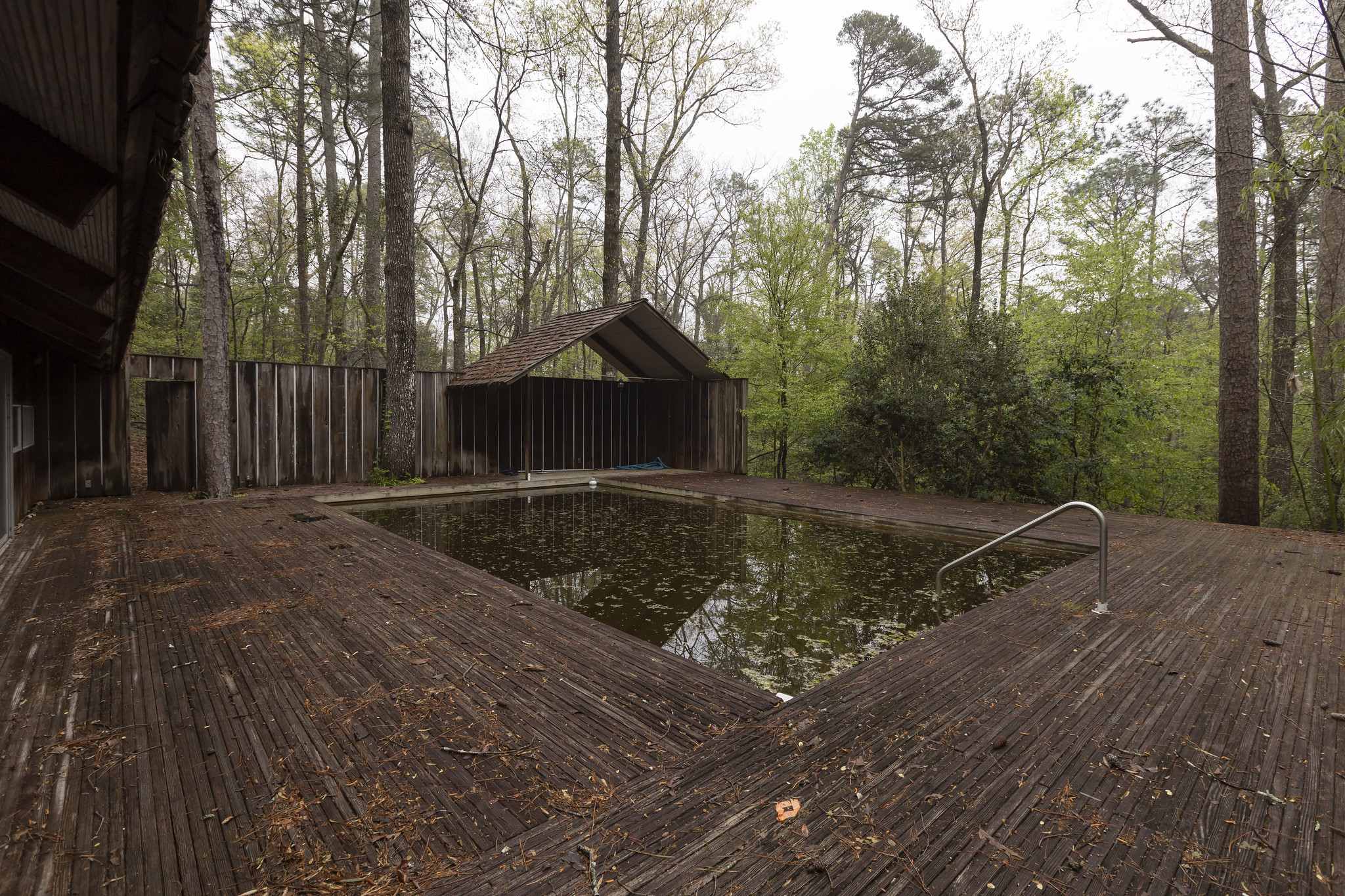
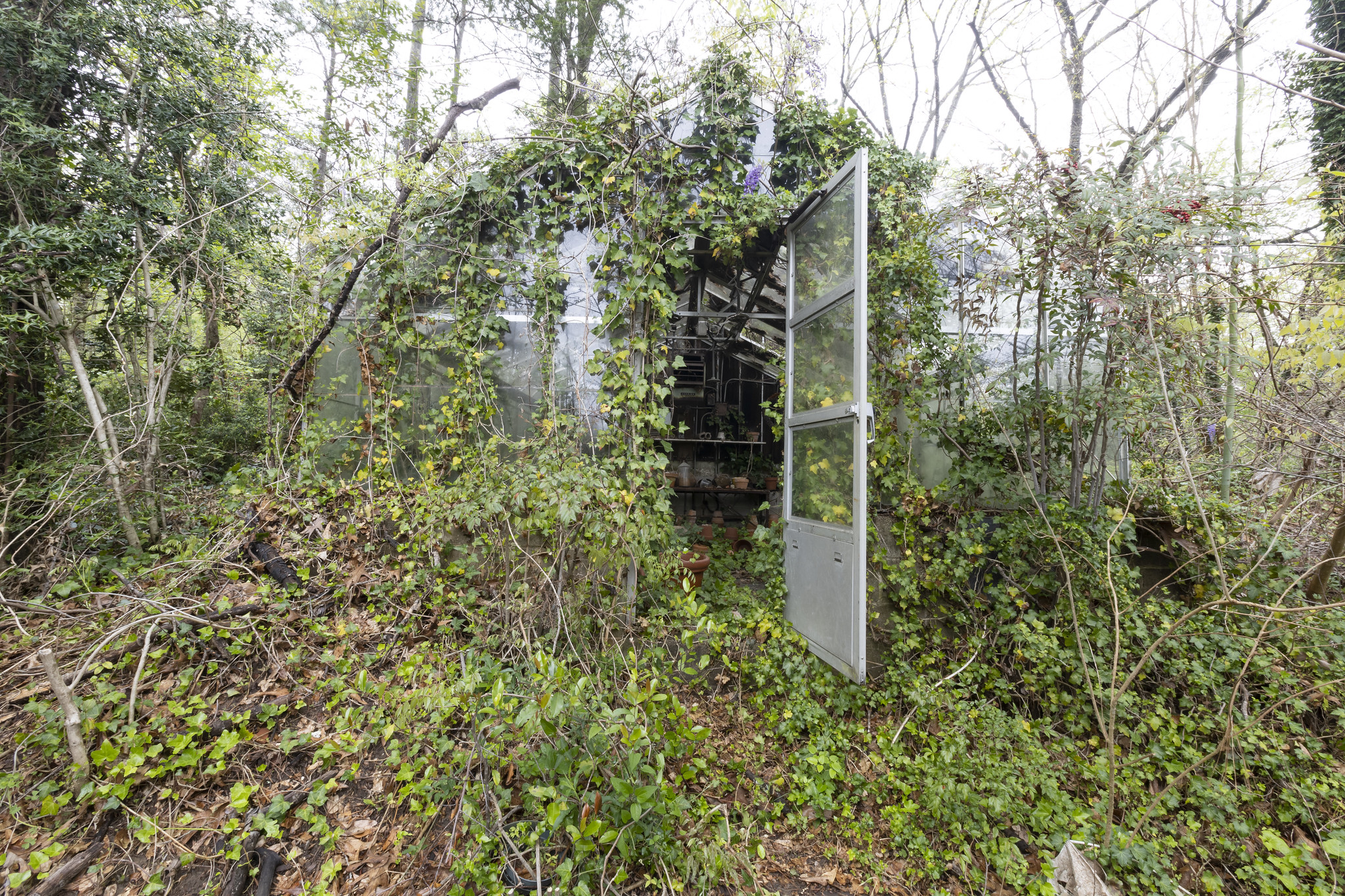
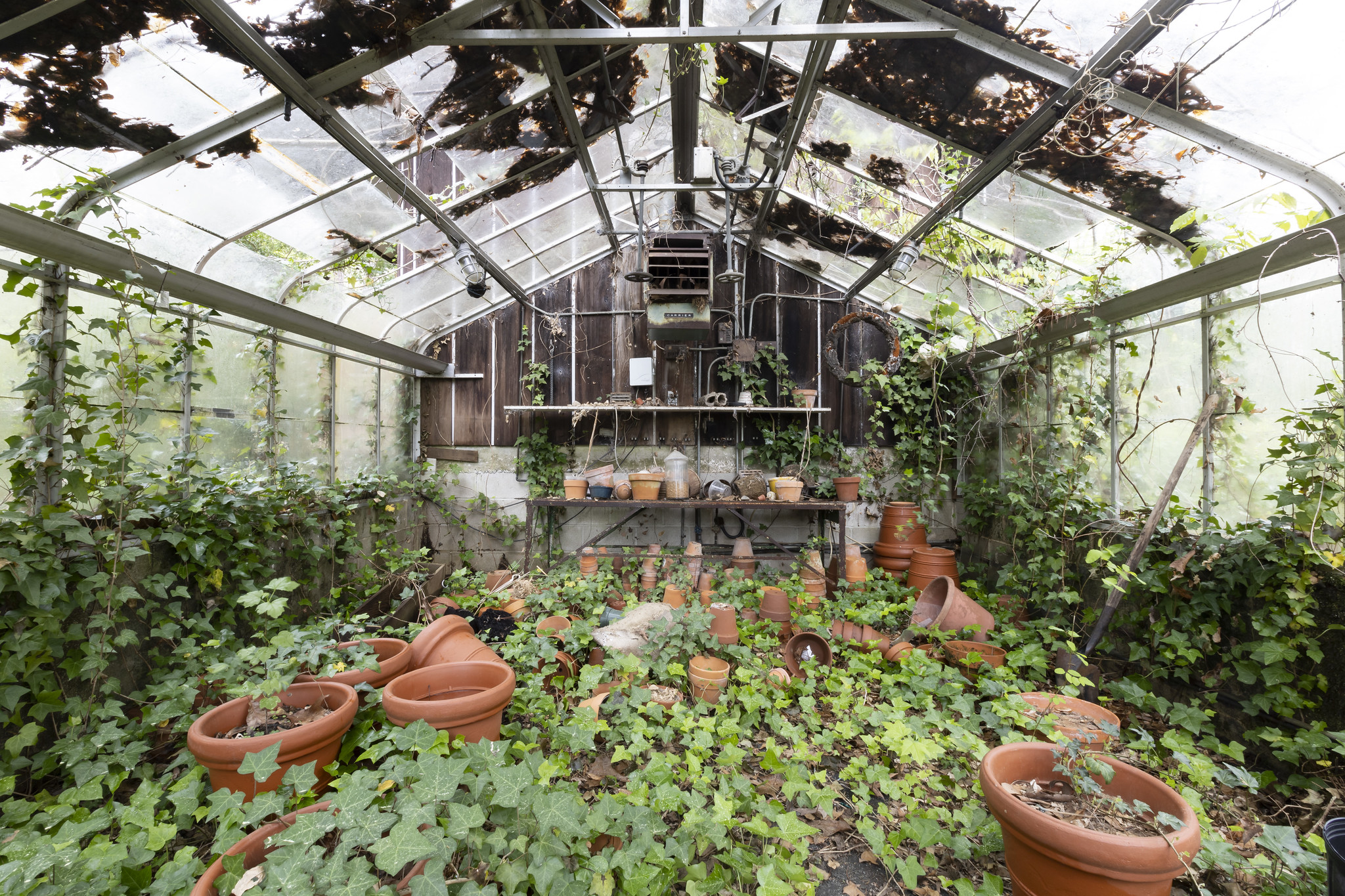
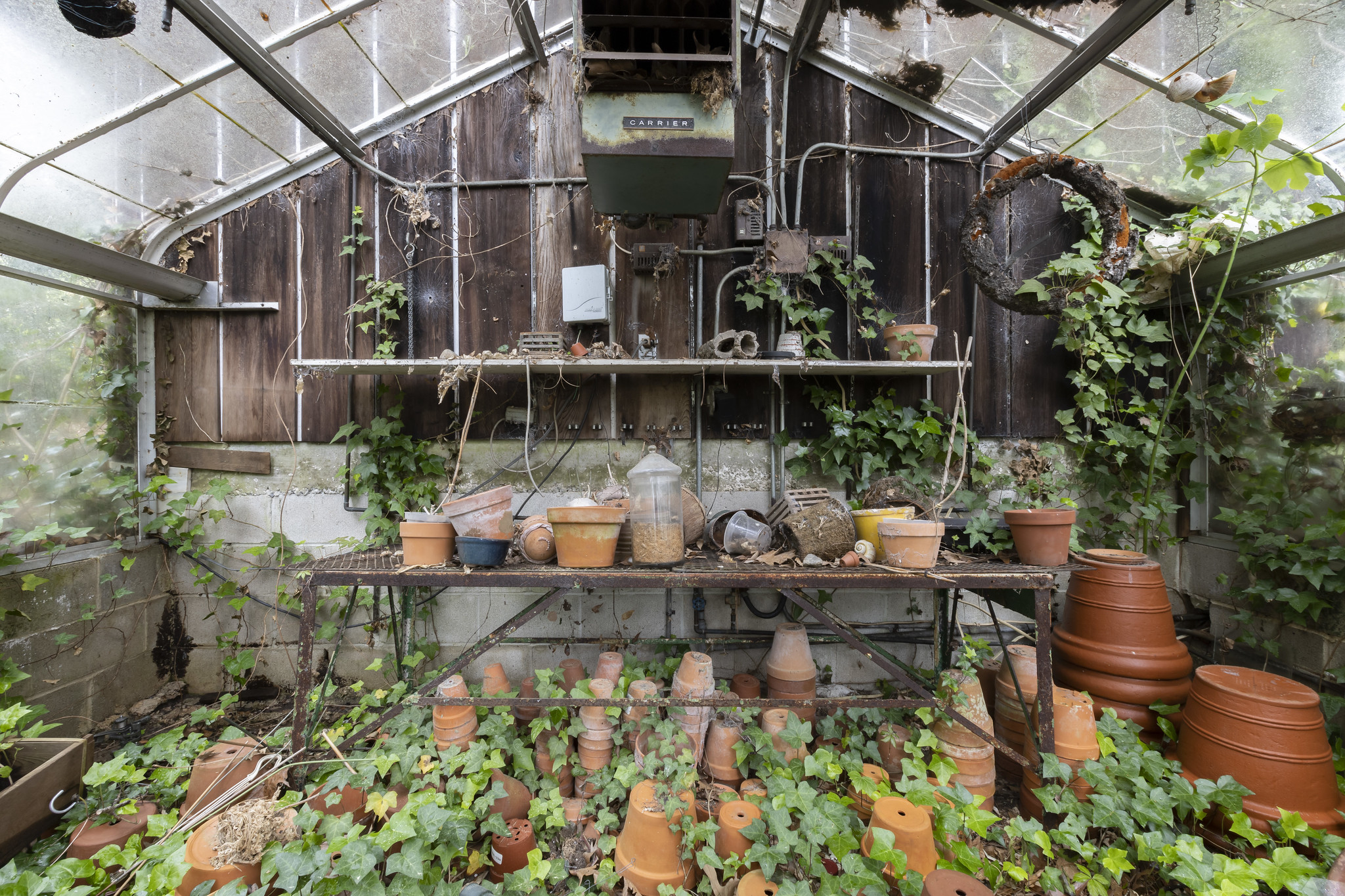
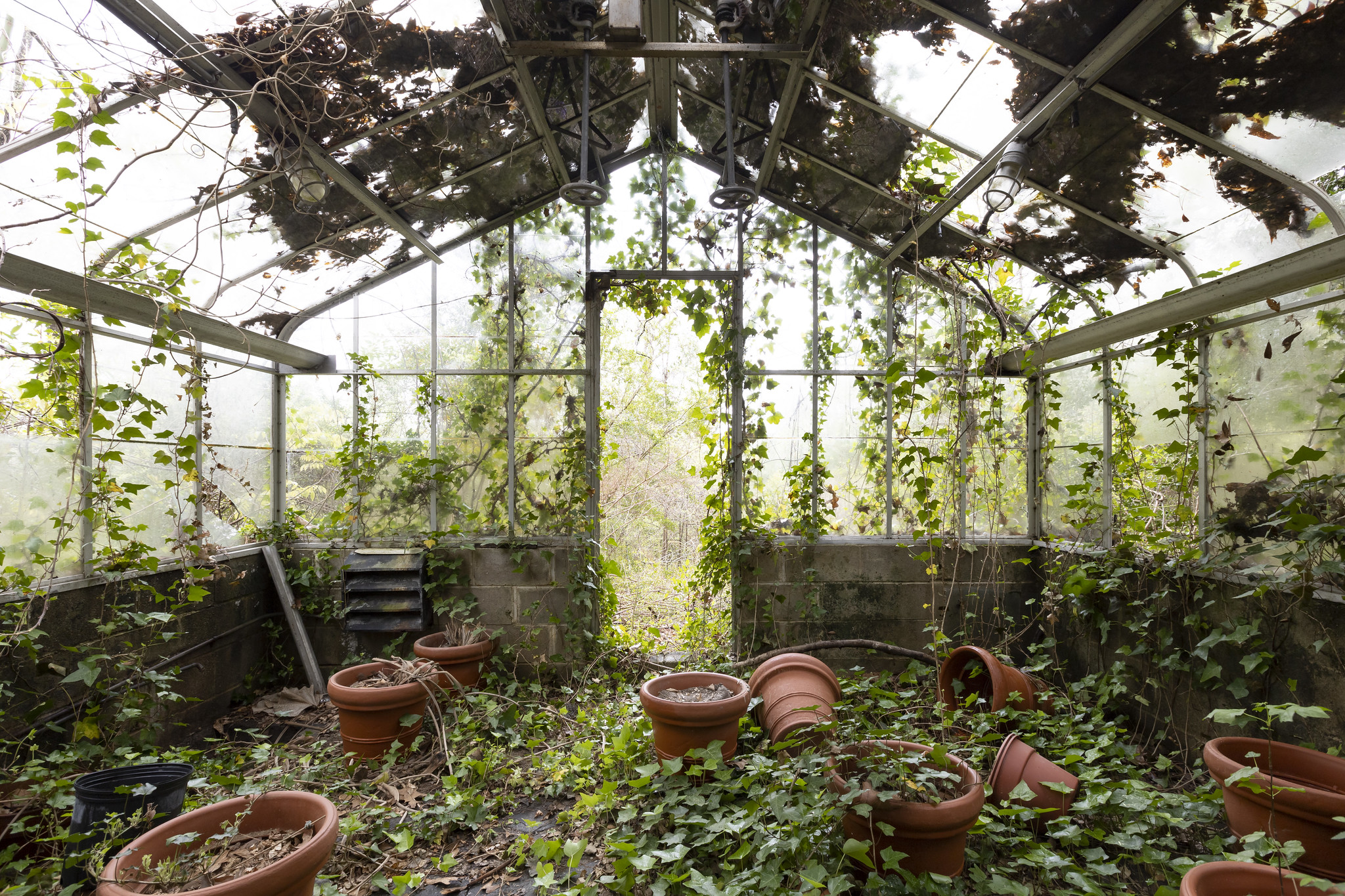
Thanks for reading. Please share the blog with your friends. I appreciate the support.
You can find me on Facebook, Instagram, Twitter, and TikTok. For more fascinating homes and amazing abandoned places in Alabama check out my books Abandoned Birmingham and Abandoned Alabama: Exploring the Heart of Dixie. If you would like to receive the Abandoned Southeast blog in your email, you can sign up below or on the main page.
Source: https://numerologybox.com
Category: Abandoned Place
